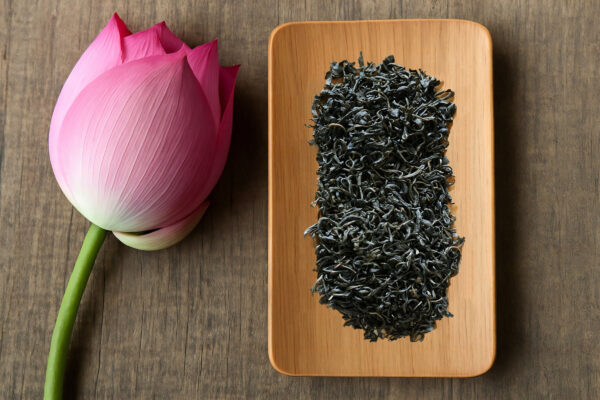Dawn’s Pilgrimage
June arrives like a golden benediction across Hanoi, and with it comes the lotus season—that magical time when West Lake becomes a cathedral of pink petals and ethereal fragrance. The harvest and preservation of lotus essence is an art form that demands nothing less than reverence.
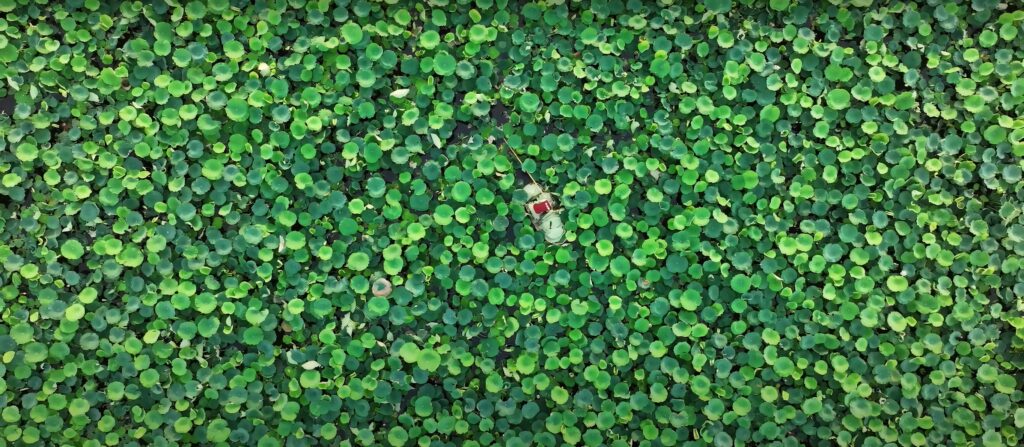
In the pre-dawn darkness, before the first rays pierce the morning mist, the lotus gatherers glide their small boats through the maze of upright stems and broad leaves. This is the sacred hour—between four and six in the morning—when dewdrops still cling to the leaves like pearls and the lotus buds hover on the threshold between sleep and awakening.
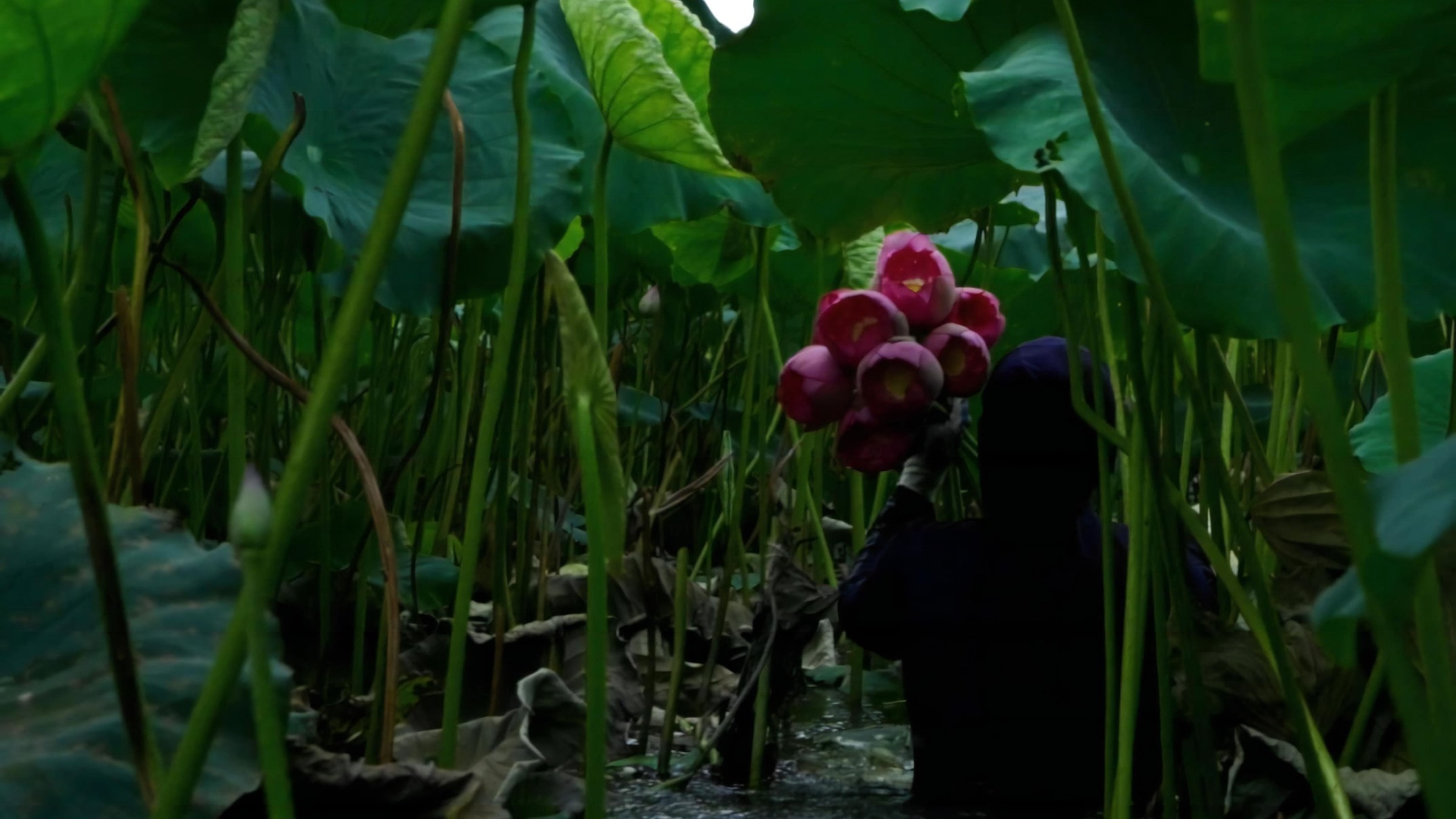
They seek the hàm tiếu—the half-smiling buds just beginning to part their lips. These are not fully opened blooms, but flowers caught in the exact instant of awakening, when their fragrance reaches its most intoxicating peak. The gatherers work with reverent speed, wrapping each precious flower in lotus leaves to protect its essence from the rising sun, for once daylight claims the lake, the magical window closes and the perfume begins its inevitable escape into air. The climbing sun can scatter their precious essence to the winds.
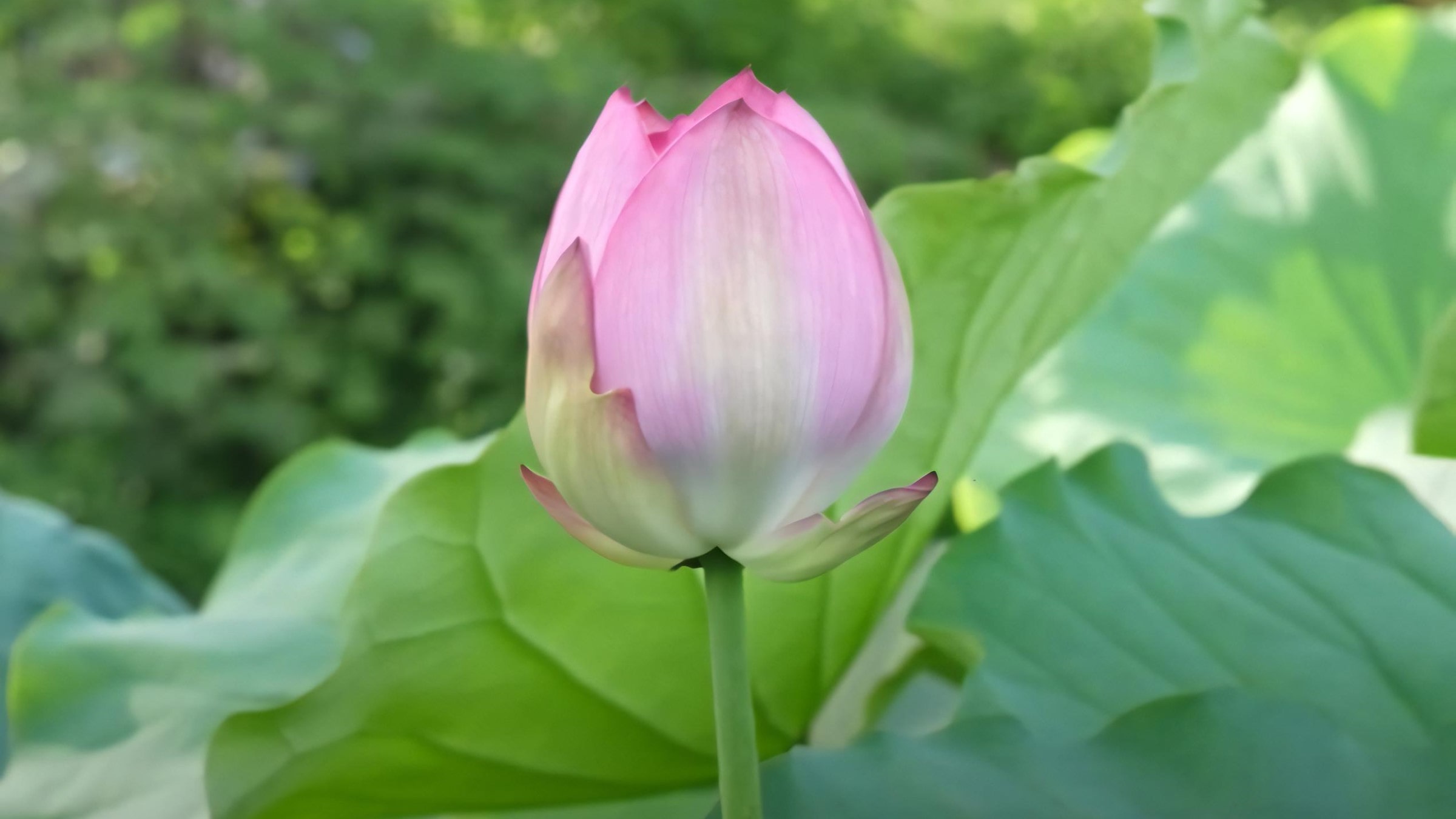
The harvesters know that the largest, most full-petaled blooms carry the most lotus rice (gạo sen)—the white anthers rest atop the stamens that hold the flower’s concentrated soul—and therefore the deepest, most intoxicating perfume.
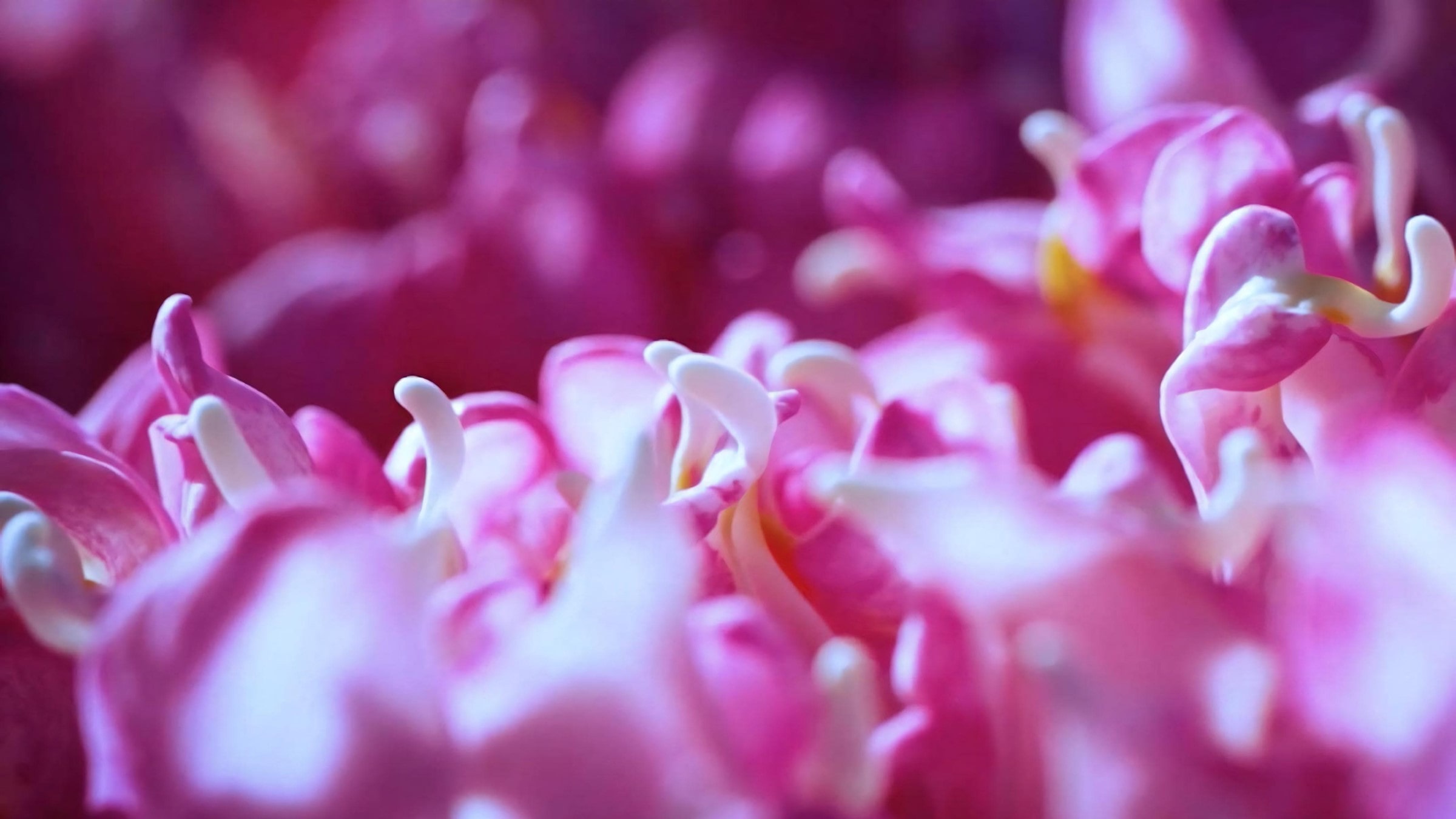
The Sisterhood of Scenting
Each year when lotus season arrives, the women of Hanoi set aside all other pursuits to weave fragrance into tea. In Quang An, the craft of lotus tea scenting passes like a sacred flame from mother to daughter, generation to generation. When lotus time comes, the women of this ancient peninsula abandon their daily routines to become alchemists of aroma and artisans of taste.
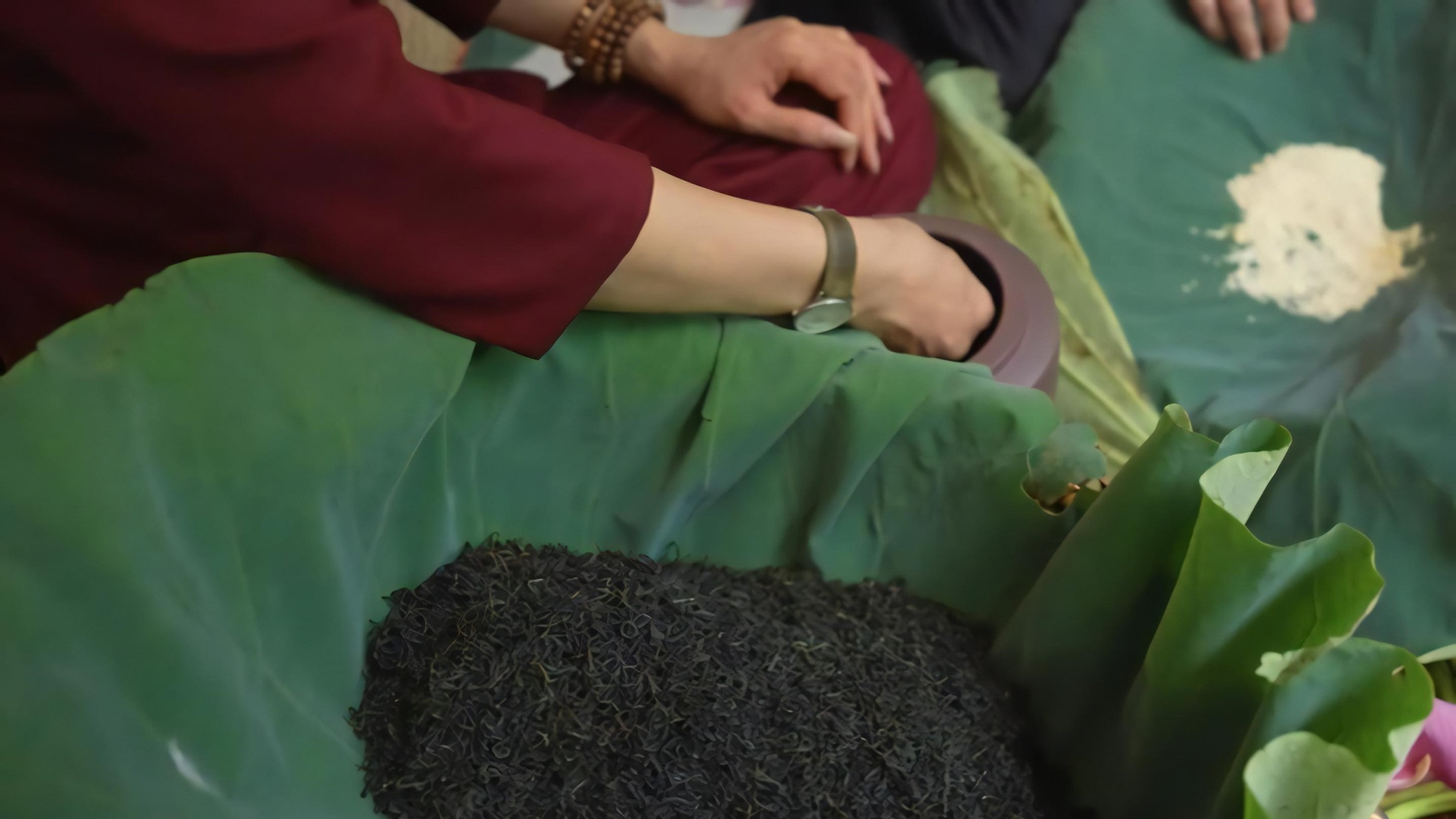
Every day, tens of thousands of lotus blooms undergo complete hand processing in a ritual that appears deceptively simple but conceals layers of meticulous care and exacting precision. Only the women of these Quang An families possess the patience and delicate skill required for lotus tea scenting. While the basic technique—alternating layers of tea and lotus rice—remains constant, each family guards its own secrets: which tea to choose, how much lotus essence to use, the precise timing of each step.
Perhaps it is love for the lotus itself that sustains this craft year after year, generation after generation.
Two Paths to Perfection
In the traditional craft of Quang An West Lake lotus tea scenting, two primary methods are practiced: dry-scenting — an ancient technique known as ướp sen khô, passed down through generations of master artisans; and fresh-scenting — a newer method known as ướp sen xổi, which involves scenting tea inside the whole fresh blossom.
1. The Ancient Way: Dry Scenting
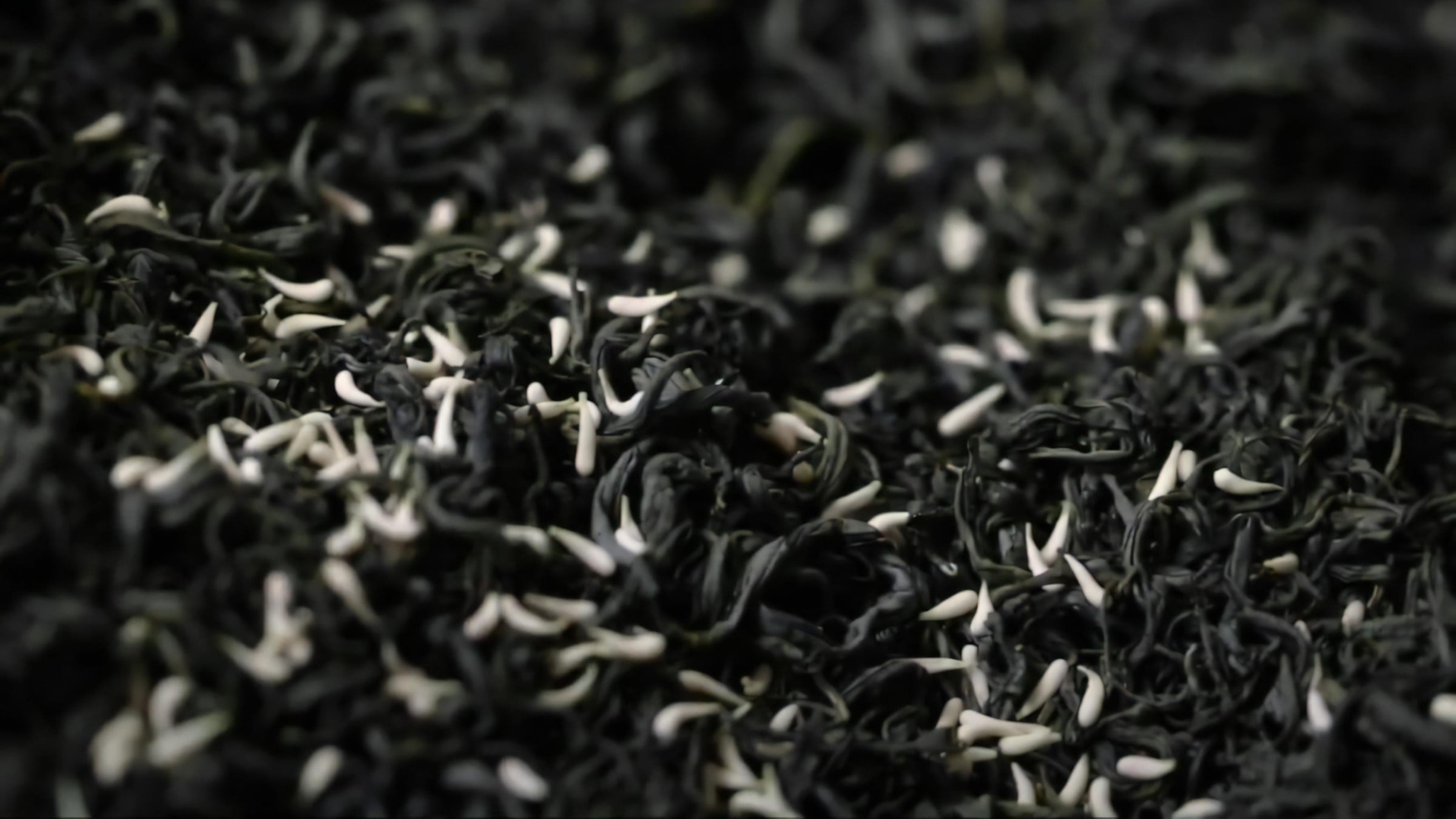
Creating dry-scented lotus tea demands an elaborate process, advanced technique, and usually the hands of master artisans—elderly craftspeople or families with generations of inherited wisdom.
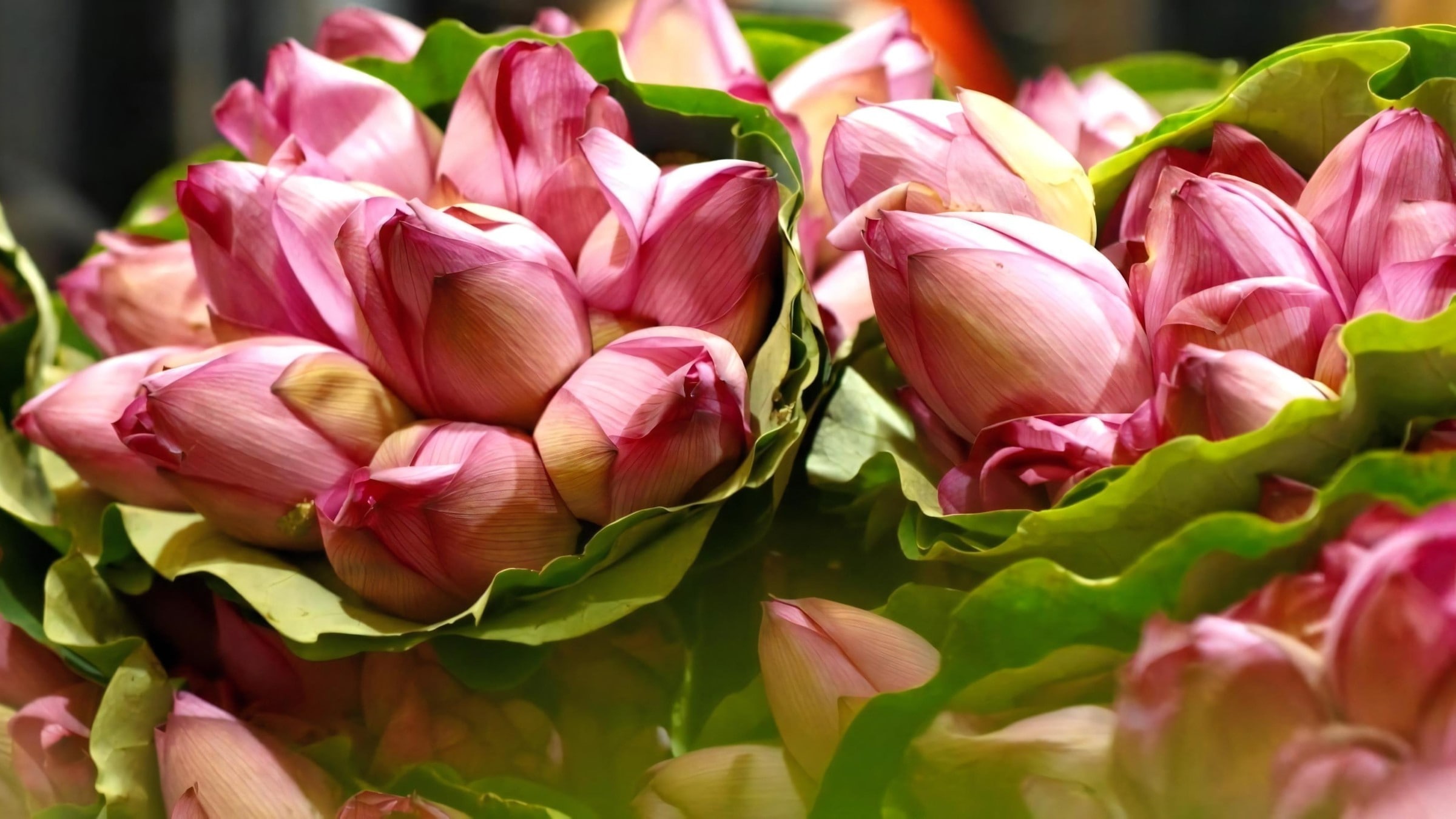
After harvest, lotus blooms are arranged carefully in dry places to prevent the precious rice from becoming waterlogged and spoiling. The lotus blooms chosen for tea must be selected with care, but the process of separating the essence demands even greater skill and adherence to sacred protocols.
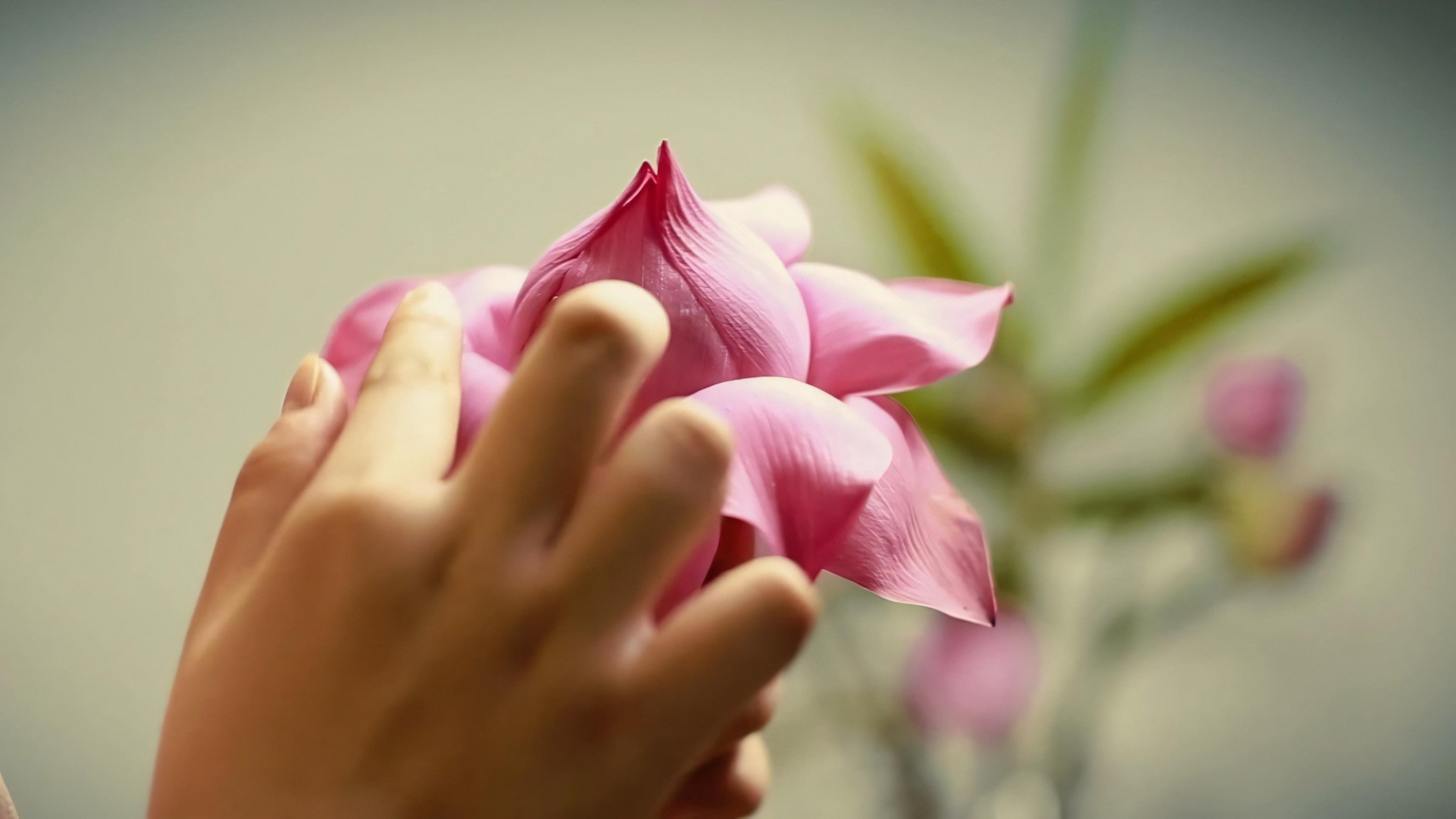
Each morning before beginning their work, the tea scenting women wash their hands with ritual thoroughness. According to master artisans, every step of separating petals and extracting rice requires absolute concentration and unwavering focus.
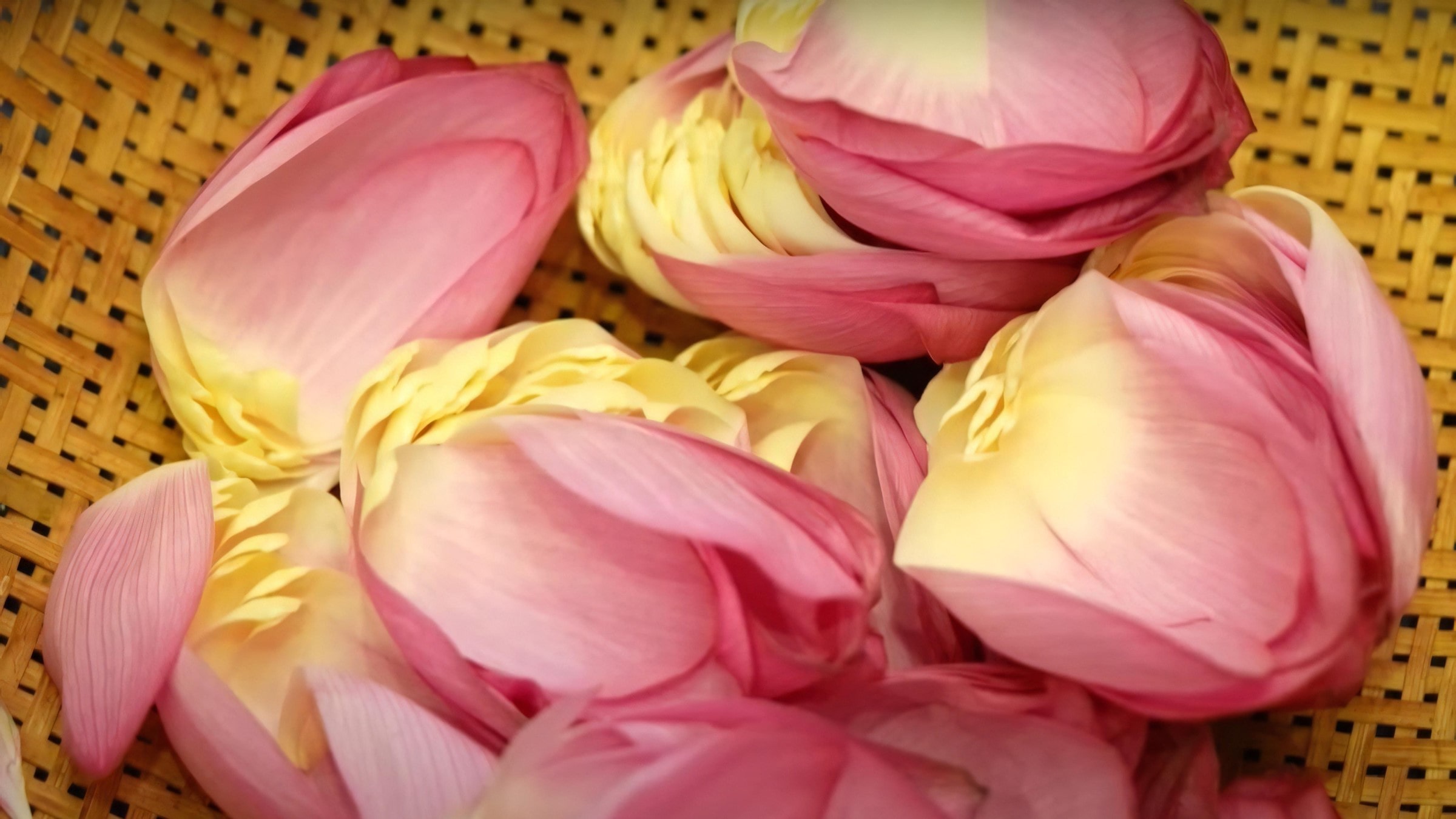
First, the large outer petals are removed, then the smaller inner petals, finally revealing the golden heart where the white lotus rice, nestled like a perfumed treasure chest. These anthers are the flower’s most precious gift—the very essence that will transform ordinary tea into liquid poetry.
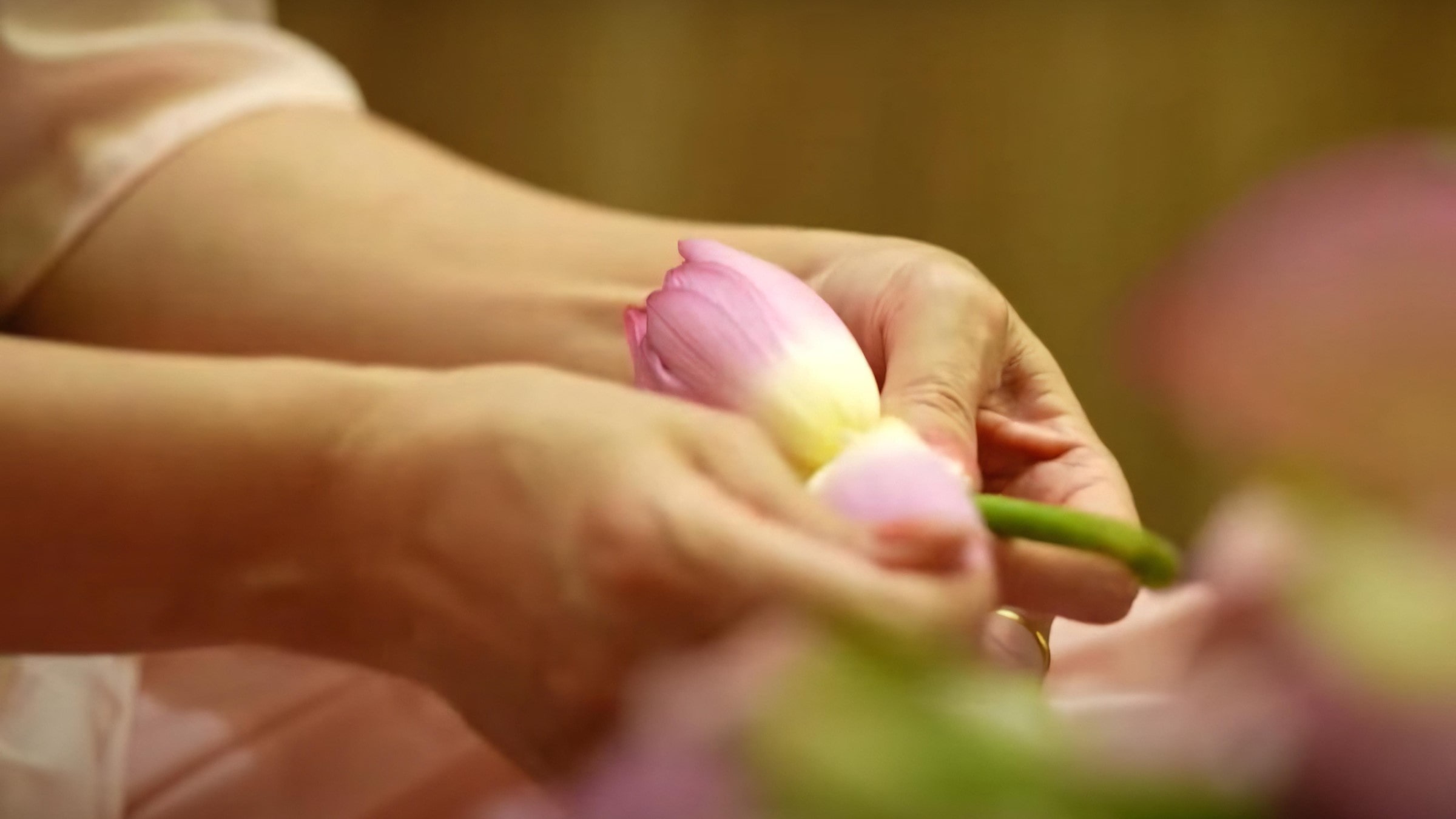
True tea artisans never allow themselves to rush, never strip away both large and small petals simultaneously, for this would crush or scatter the delicate anthers. Yet speed is essential too—every movement must be swift and practiced to capture the maximum fragrance before it can escape into the air.
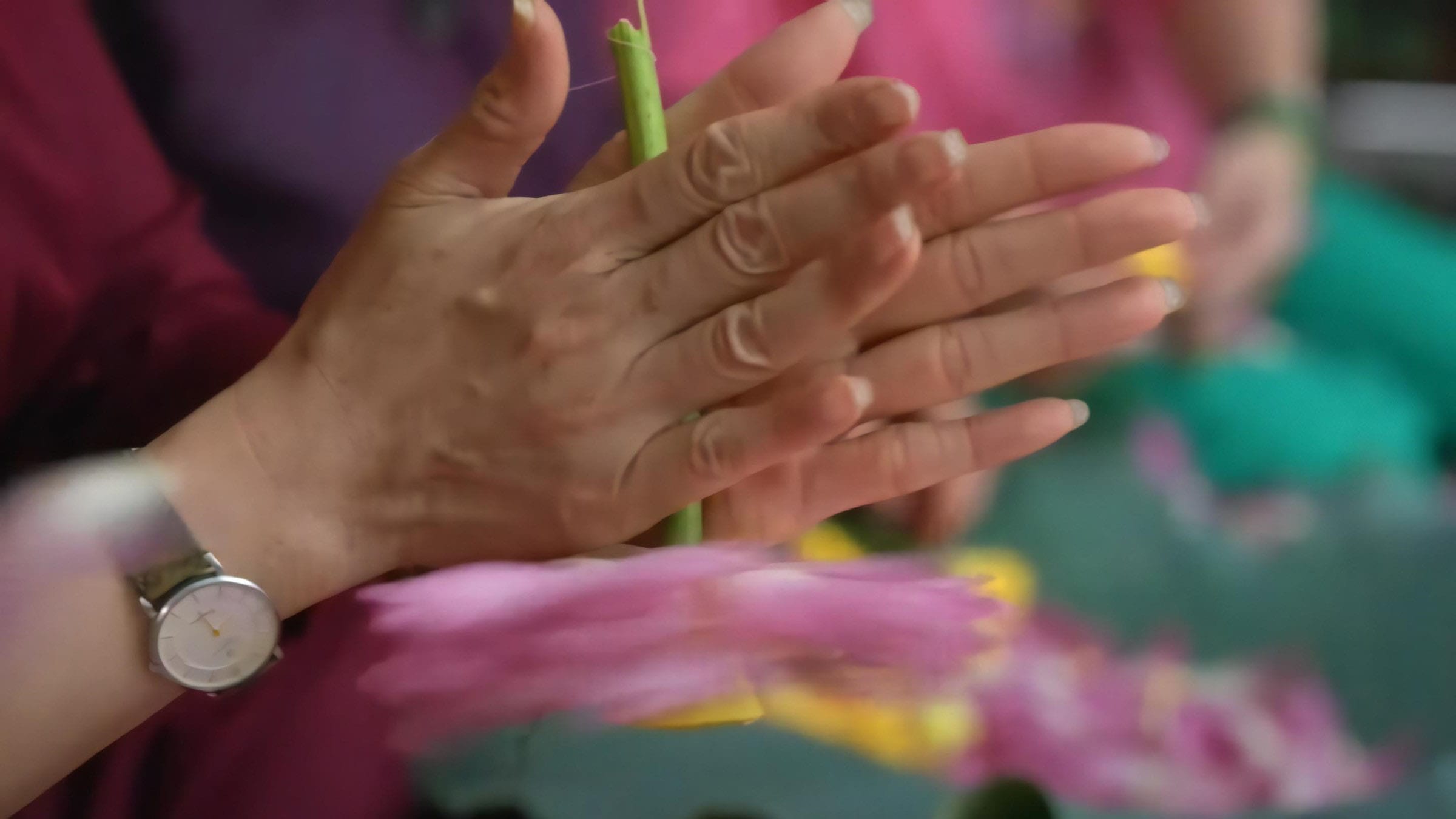
After removing the small petals, the next step involves separating the lotus ovule while preserving only the stamen-bearing parts. Master tea artisan Hoàng Anh Sướng explains: “Extracting the lotus rice is pure artistry. You must know exactly how to coax these tiny white treasures from their home without crushing them, without damaging their delicate structure. If your hands are clumsy, if your touch is too heavy, the rice will be bruised and its fragrance will sour before it ever reaches the tea.“
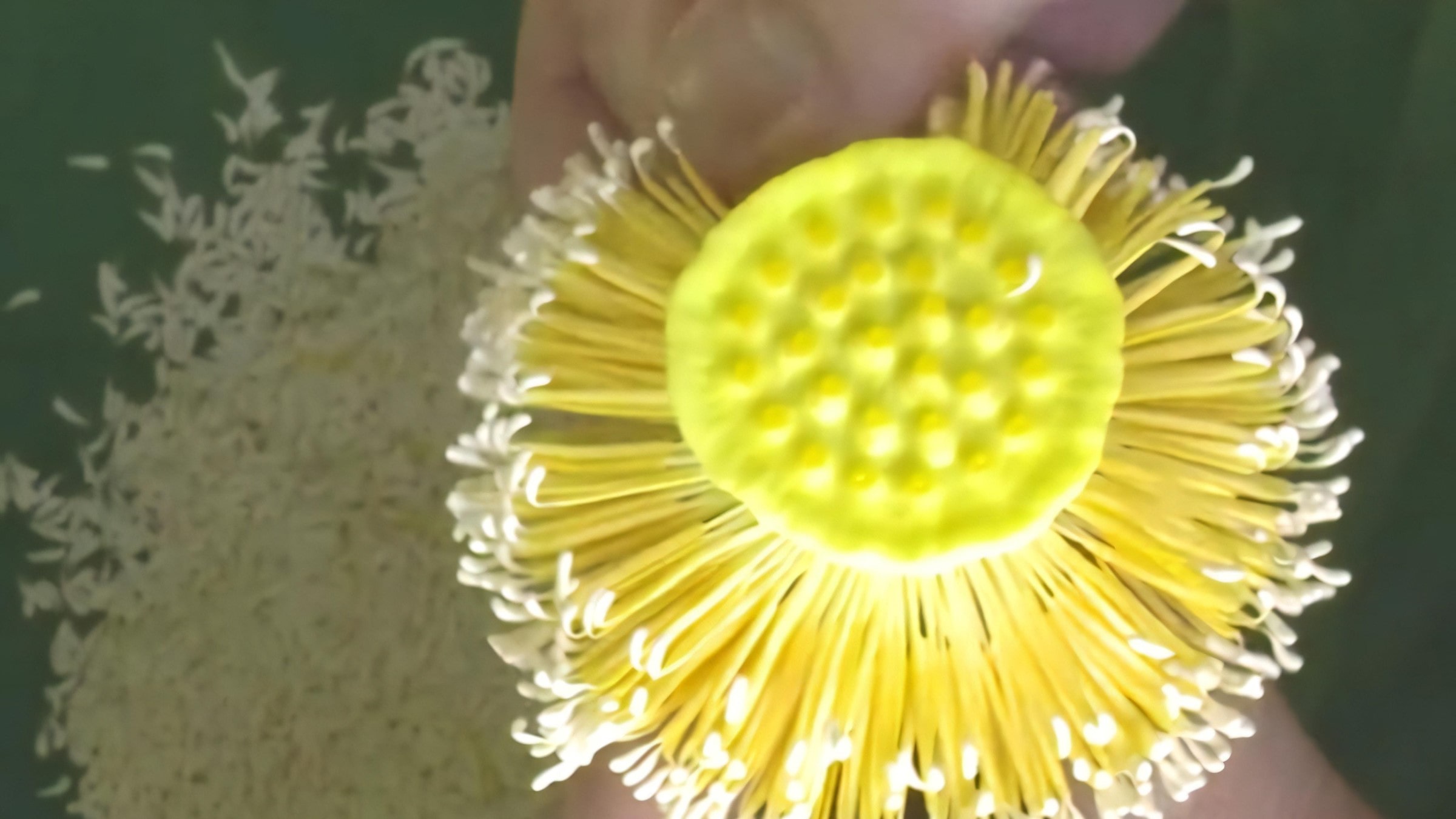
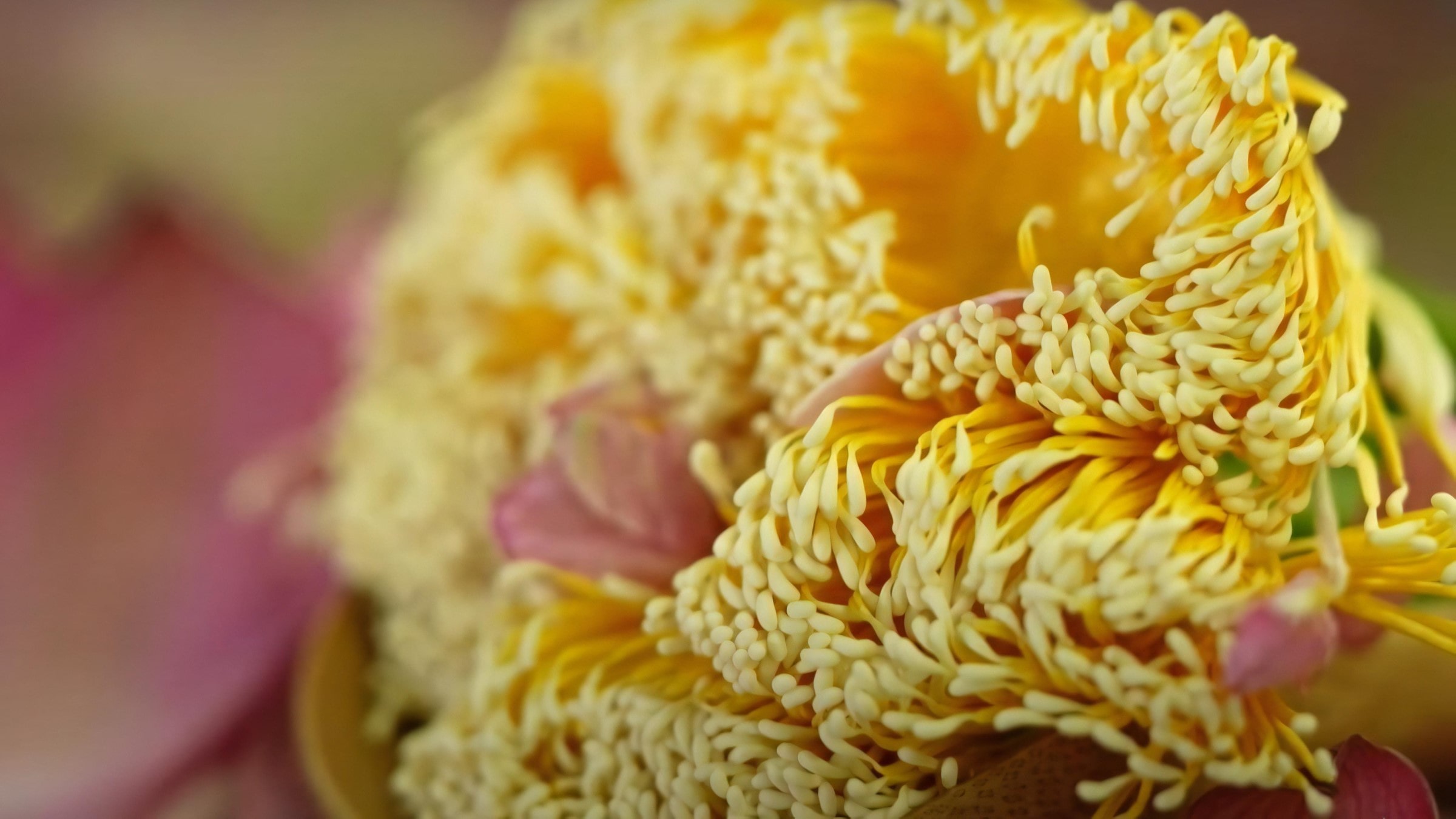
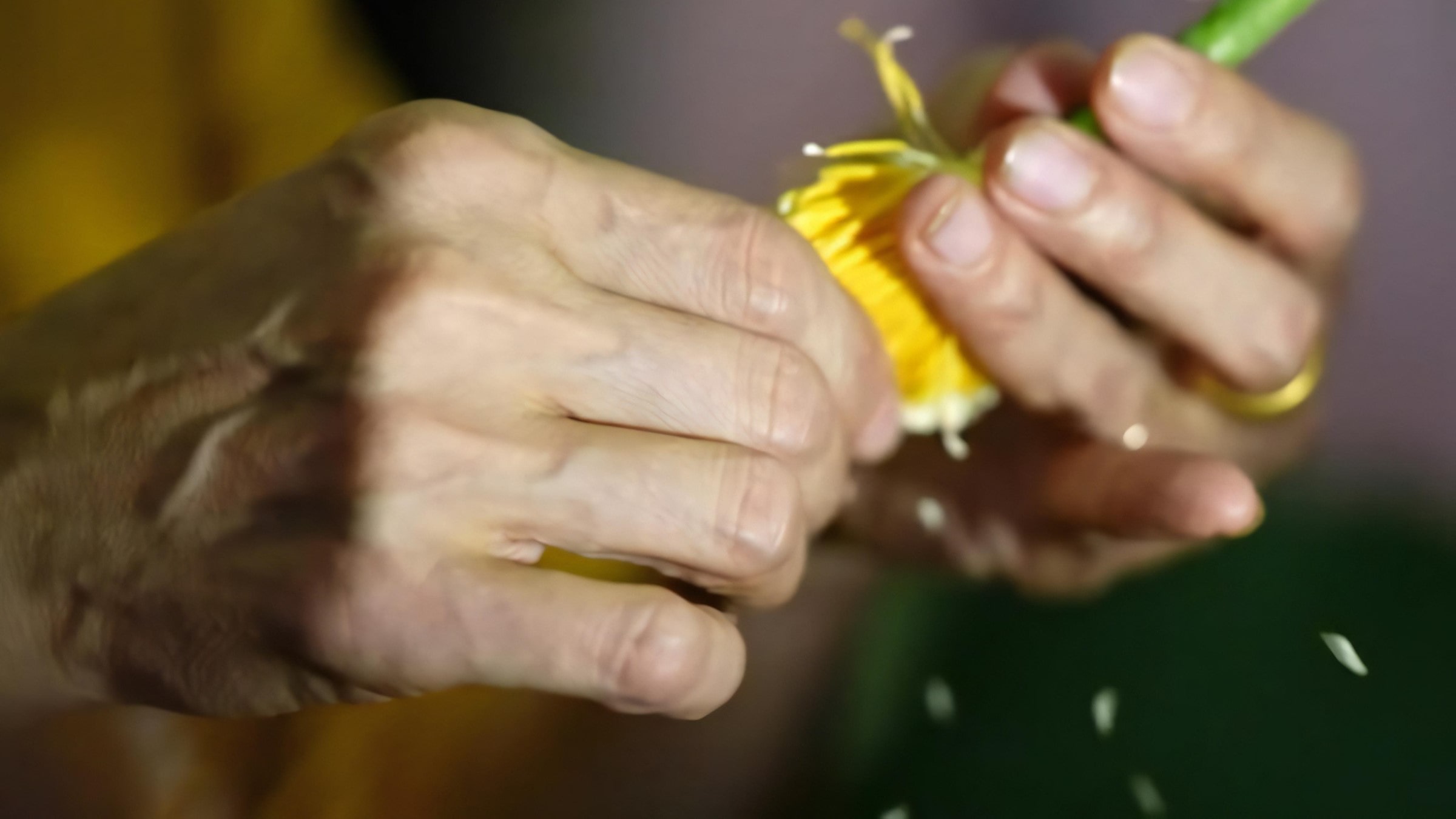
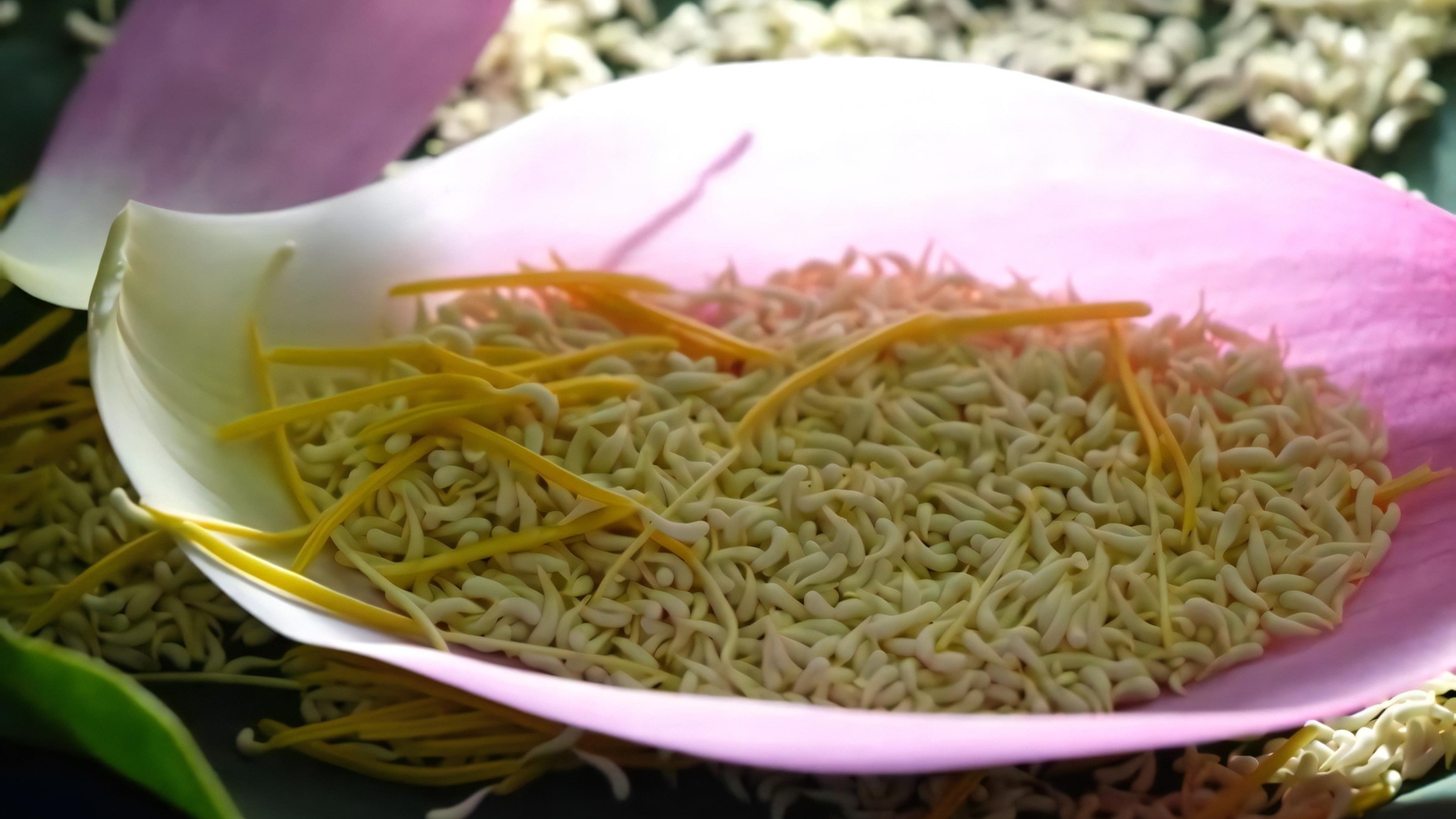
Lotus tea scenting embodies both artistry and reverence, surrounded by countless taboos and spiritual protocols. Tradition holds that women during menstruation, or anyone returning from a funeral, must not approach the lotus tea during its scenting, for negative energy can corrupt the fragrance and destroy weeks of careful work. The artisan must maintain not just physical cleanliness but spiritual purity.
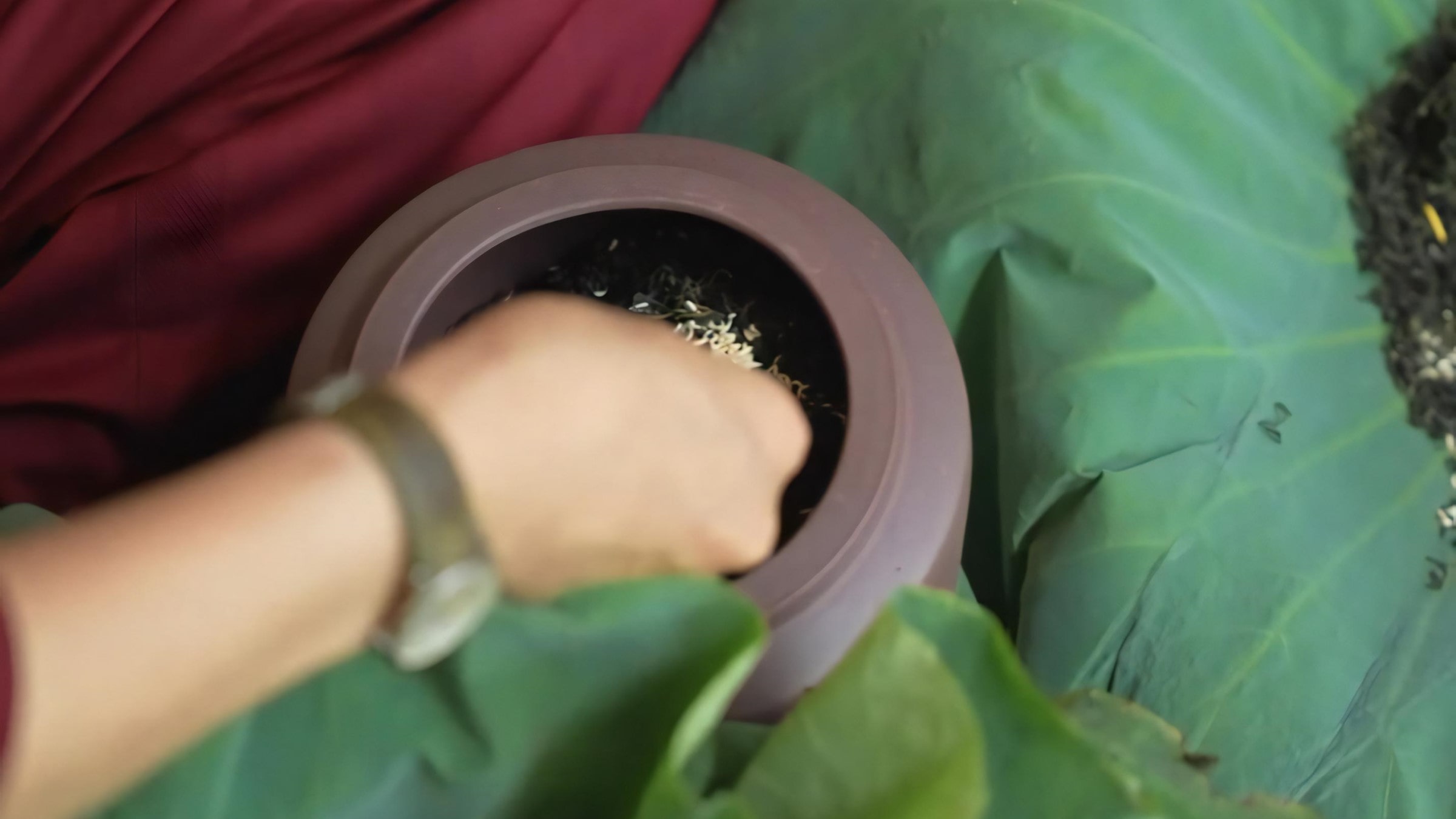
Those who craft lotus tea must embody grace and serenity, for the process never tolerates haste, anxiety, or roughness. Even the hands that extract the rice must move with gentleness; the hands that portion tea and layer lotus essence into earthenware crocks must work with butterfly lightness. Too forceful a touch crushes the tea buds and destroys the delicate rice.
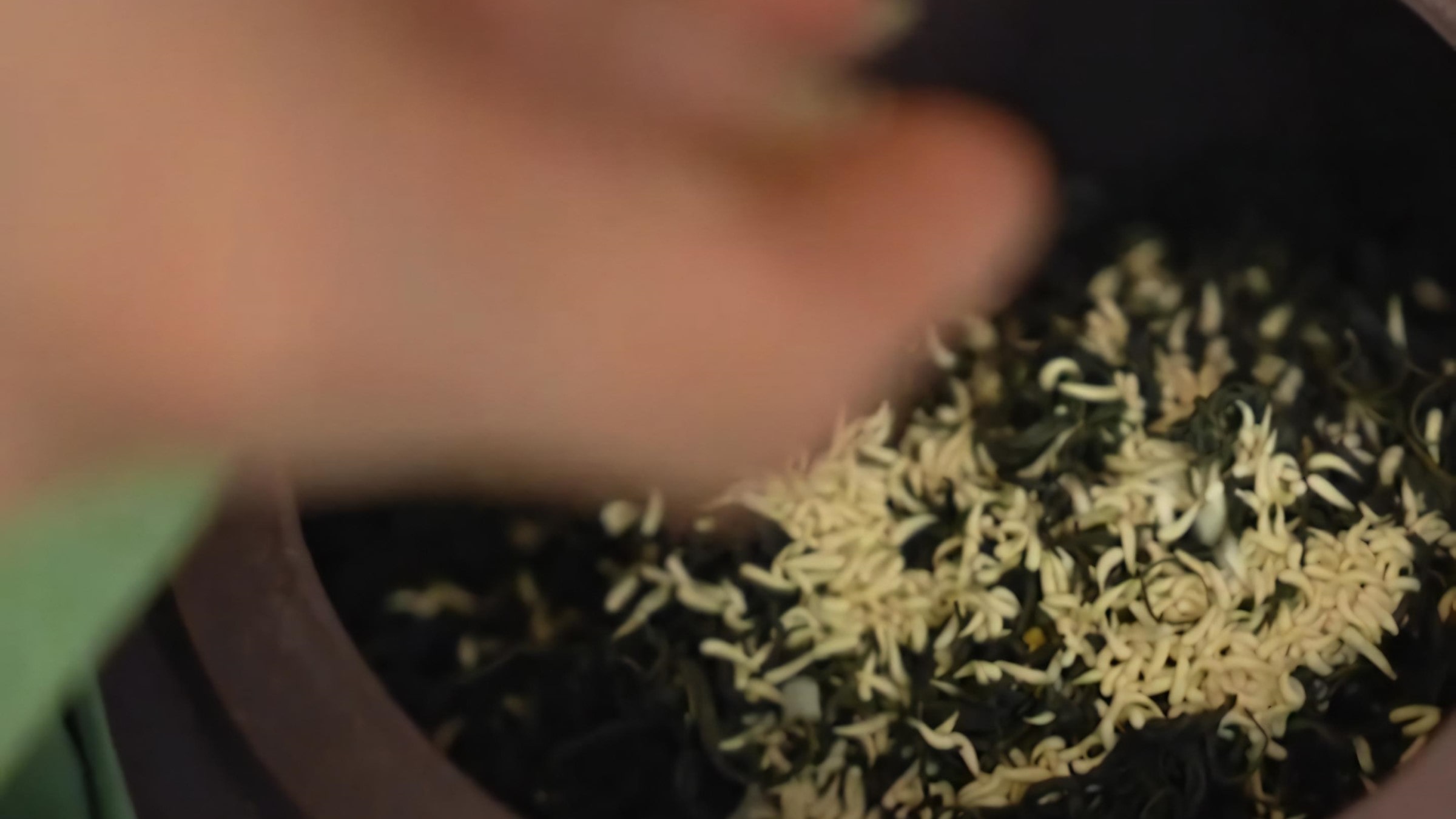
The traditional dry-scenting method proves extraordinarily demanding. Under Hanoi’s June sun, with temperatures soaring above 100°F, artisans must perform every step in sealed rooms without air conditioning or fans—any breeze would steal the precious lotus essence.
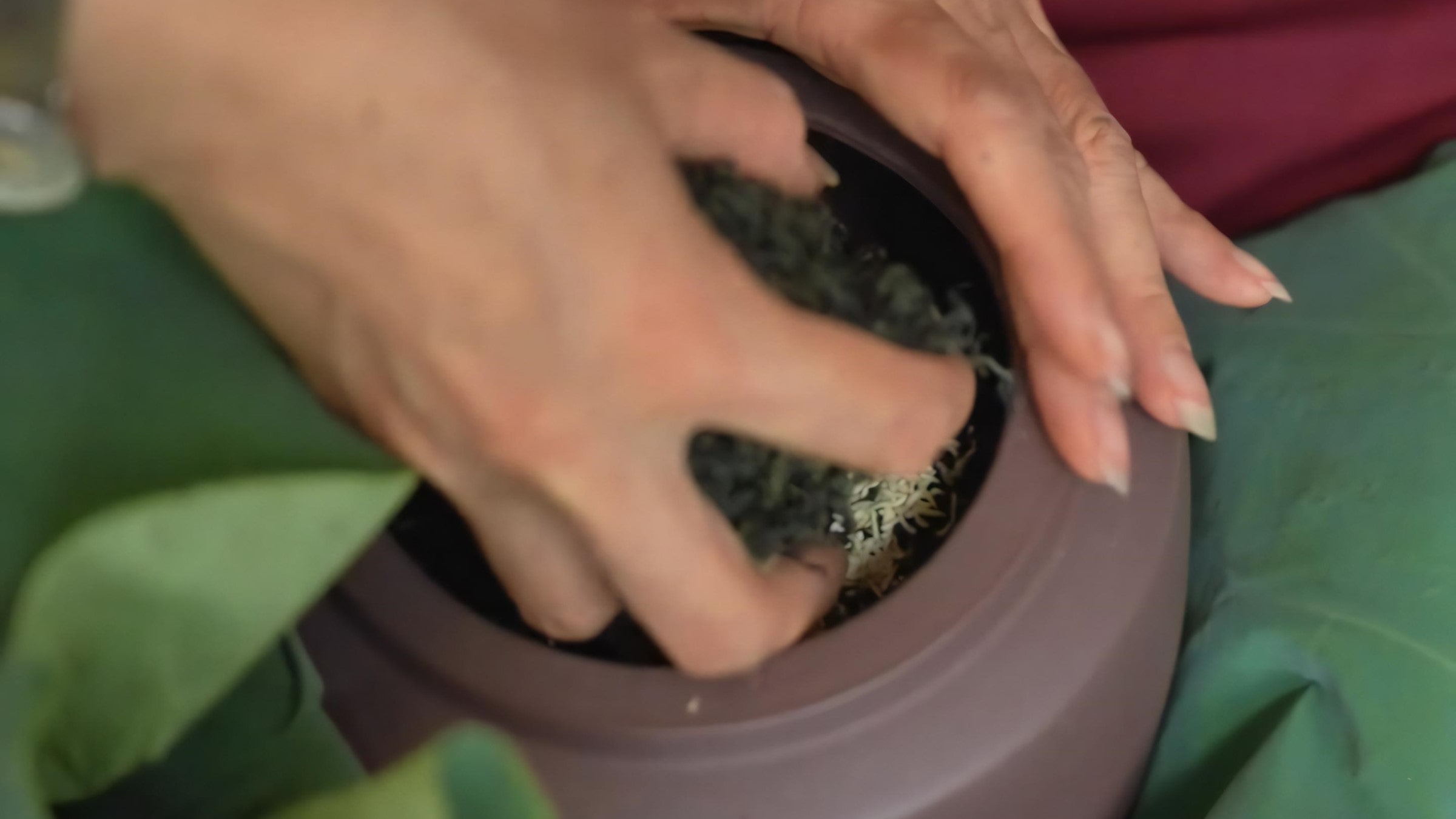
Creating one kilogram of dry lotus tea requires a minimum of one kilogram (35 oz) of lotus rice through multiple scenting cycles—representing roughly 1,000 to 1,500 individual blooms. Each bloom costs about 12,000–15,000 VND (US$0.50–$0.60) at the source, depending on size.
After 24 to 48 hours of scenting, the tea makers meticulously sift out the old lotus rice and replace it with fresh rice to weave new layers of fragrance into the tea. The timing of each scenting cycle—shorter or longer—depends on the actual temperature and humidity of that particular day and the intuitive wisdom of the artisan. Ignore these factors and the lotus rice may spoil during scenting, forcing the artisan to discard an entire precious batch.
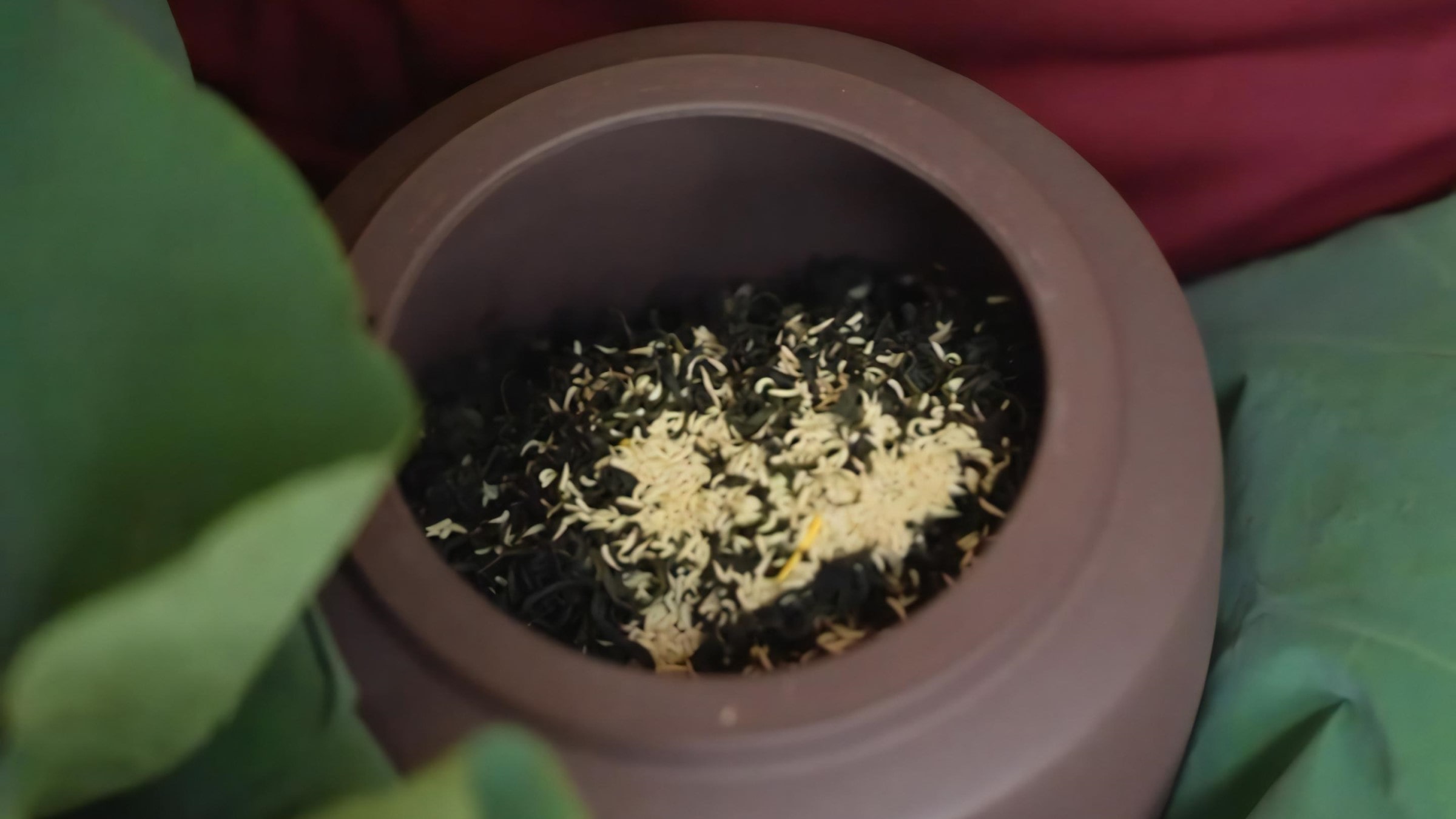
If the tea becomes damp, craftspeople must carefully dry it, but determining the exact drying time and temperature requires years of experience. The challenge is removing moisture while preserving the lotus essence—a feat requiring extraordinary skill.
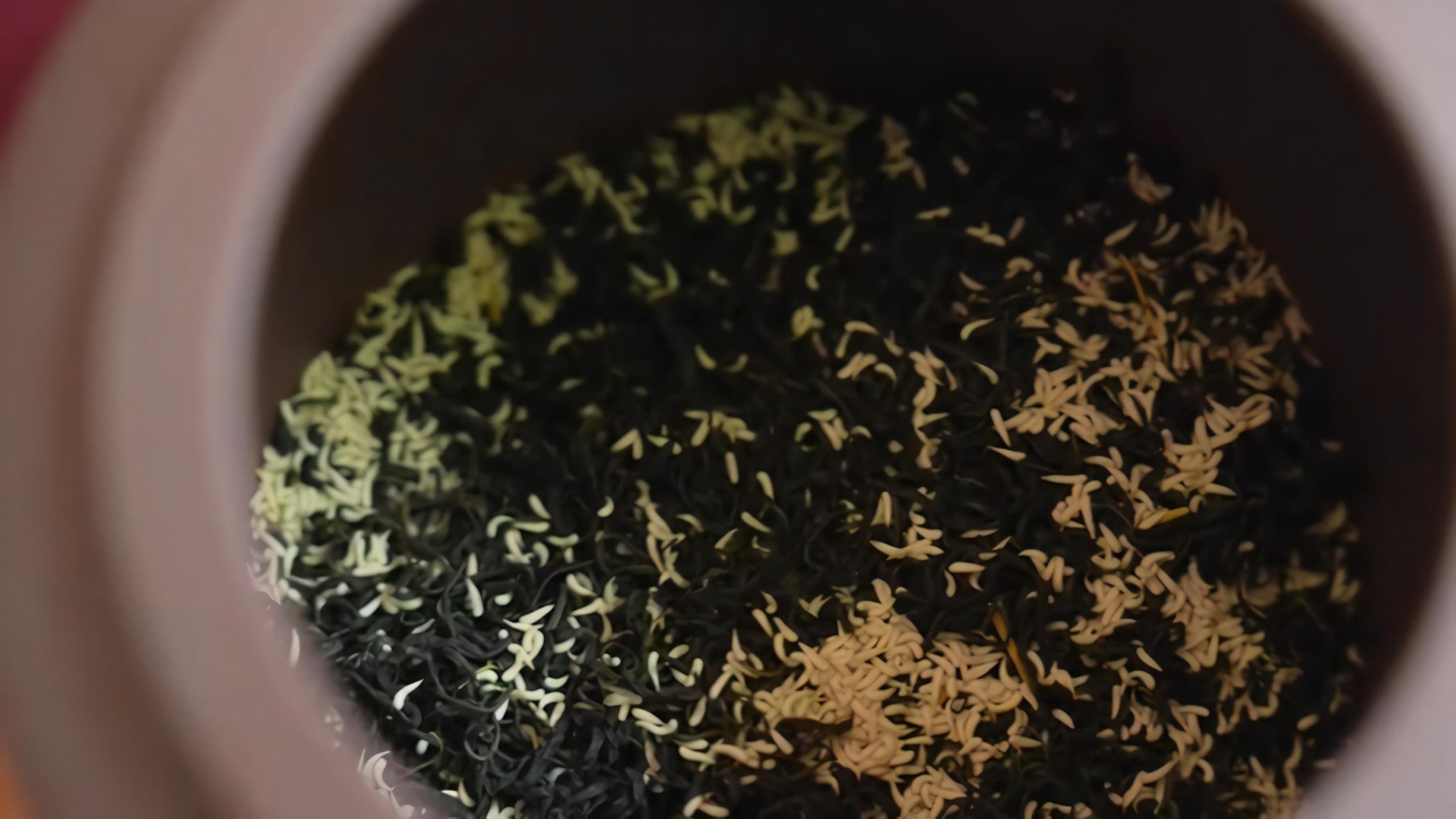
This process repeats seven to eight times, or even ten for the most exceptional premium grades. Therefore, even the fastest production requires 15 to 24 days to complete a single batch. Some master artisans have been known to scent their tea for entire years, such is their dedication to perfection.
The final step, ensuring the lotus tea remains mold-free and can be stored for years, involves wrapping the earthenware crocks in cotton blankets, pouring boiling water around them, and steaming for 24 to 48 hours.
Remarkably, only women seem to possess the patience, delicacy, and harmony required for the endless cycle of separating, mixing, scenting, drying, and sifting that creates this supreme scented tea. This process—called dệt hương, literally “weaving fragrance”.
Those tiny, moonbeam-white lotus rice dance together with the finest tea leaves, chosen with exacting care. While Vietnam boasts many famous tea regions, each scenting artisan selects specific teas for specific floral marriages.
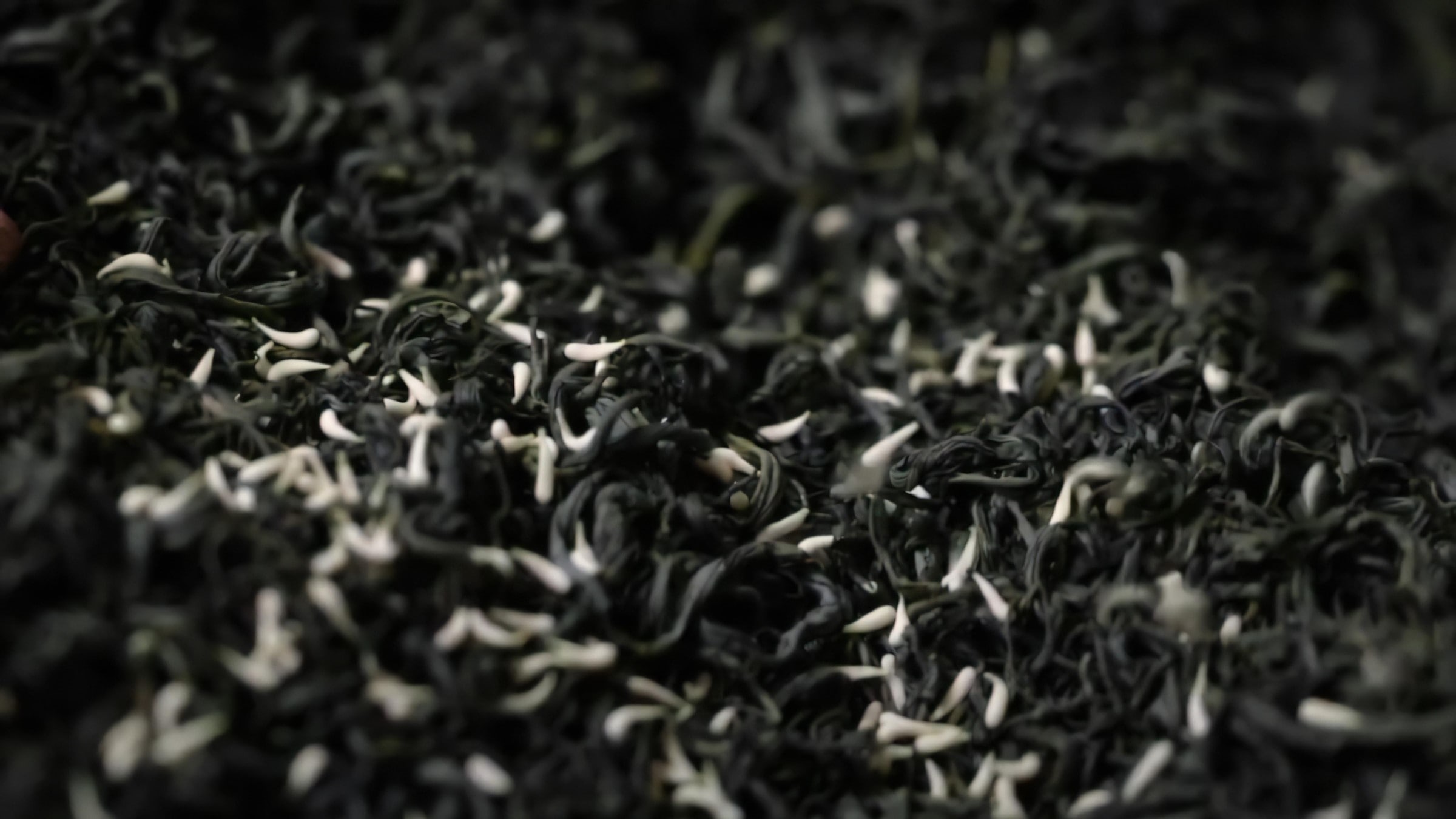
Not just any tea can serve as the canvas for this masterpiece. The lotus is discerning in its partnerships, and only the finest teas from Vietnam’s most renowned regions can provide a worthy foundation for the flower’s artistry.
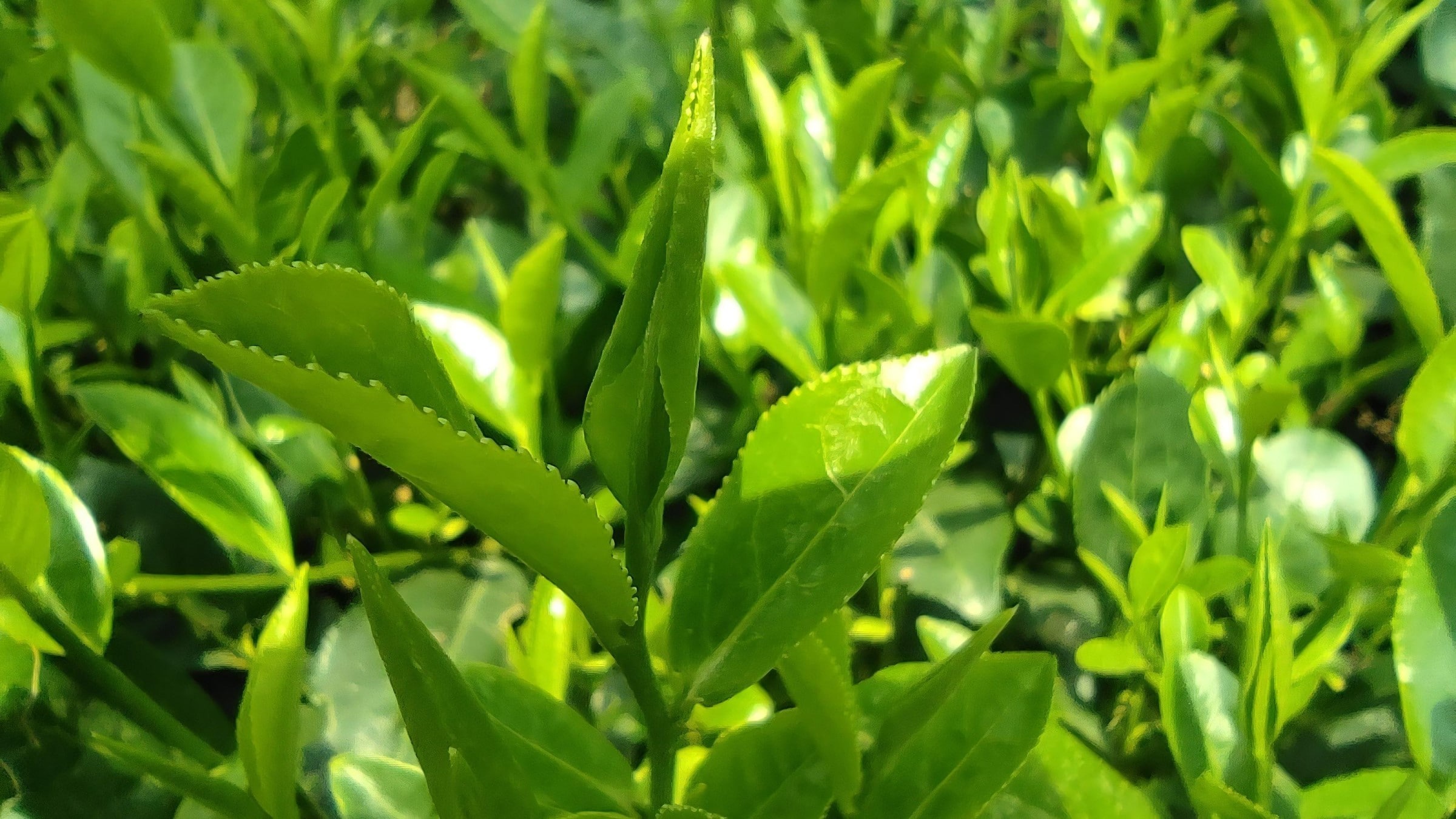
The most prized include Tân Cương tea from Thái Nguyên—Vietnam’s largest tea region (map)—and ancient Shan Tuyết tea (Snow Shan Tea) from the northwestern mountains: Tà Xùa in Sơn La (map), Suối Giàng in Yên Bái (map), and the Tây Côn Lĩnh range in Hà Giang (map). These ancient Shan tea trees, some hundreds or even thousands of years old, grow at elevations above 6,500 feet, their roots drinking deep from soil that has never known pesticides, absorbing the essential energies of heaven and earth. Some ancient specimens tower dozens of feet high, their trunks too large for two people to encircle with outstretched arms.
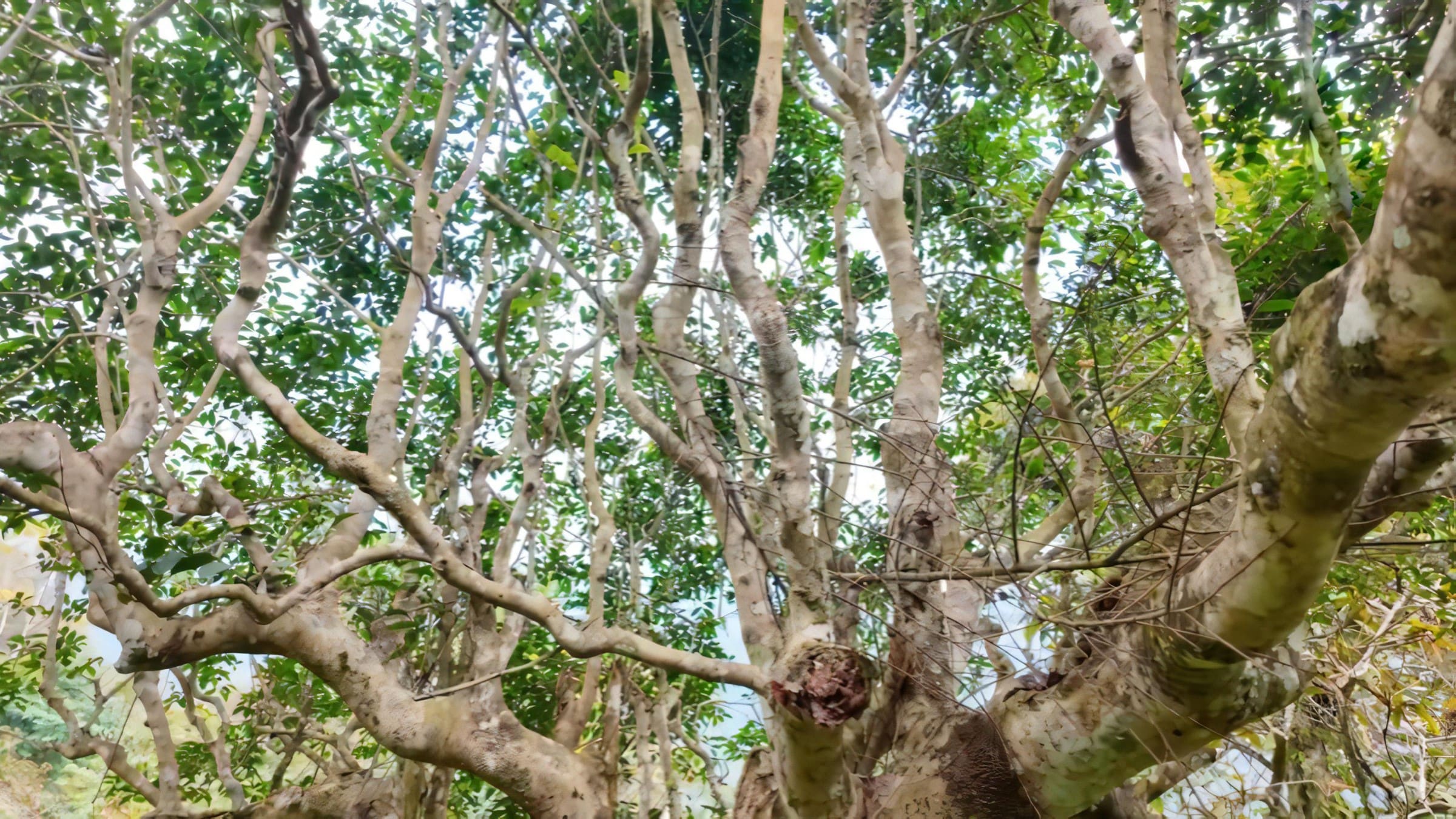
According to many artisans, lotus tea that achieves both perfect taste and fragrance requires “one bud, one leaf” grade tea. This grade absorbs fragrance beautifully while maintaining a gentle astringency that leaves a lingering sweetness at the throat—that haunting aftertaste that continues to evolve long after the last sip.
Such exacting craftsmanship has earned lotus tea the titles of “King of Teas”—Vietnam’s most precious brew. Here’s an undeniable truth: if you find West Lake lotus tea at an unbelievably low price in any shop, you can be certain it’s either not genuine West Lake lotus tea or fake tea scented with chemicals.
Remarkably, the lotus—this humble yet noble aquatic herb—yields nothing that we discard. From root to tip, from leaf to flower, everything serves humanity. Vietnamese people cook lotus root and seed soup to treat insomnia; artisans extract lotus stem fibers to weave fabric; lotus petals and leaves can be boiled for healthful tea; and lotus stamens become traditional medicine ingredients. The lotus harbors countless other benefits, like gifts of grace bestowed upon humanity.
2. The Emerging Way: Fresh Scenting
Alongside the ancient dry-scenting art, recent years have seen the emergence of a new technique in Hanoi: scenting tea within fresh lotus blooms, known as ướp sen xổi or whole-blossom scenting (fresh-scenting). While less elaborate than traditional methods, this approach still demands meticulous care and specialized skills.
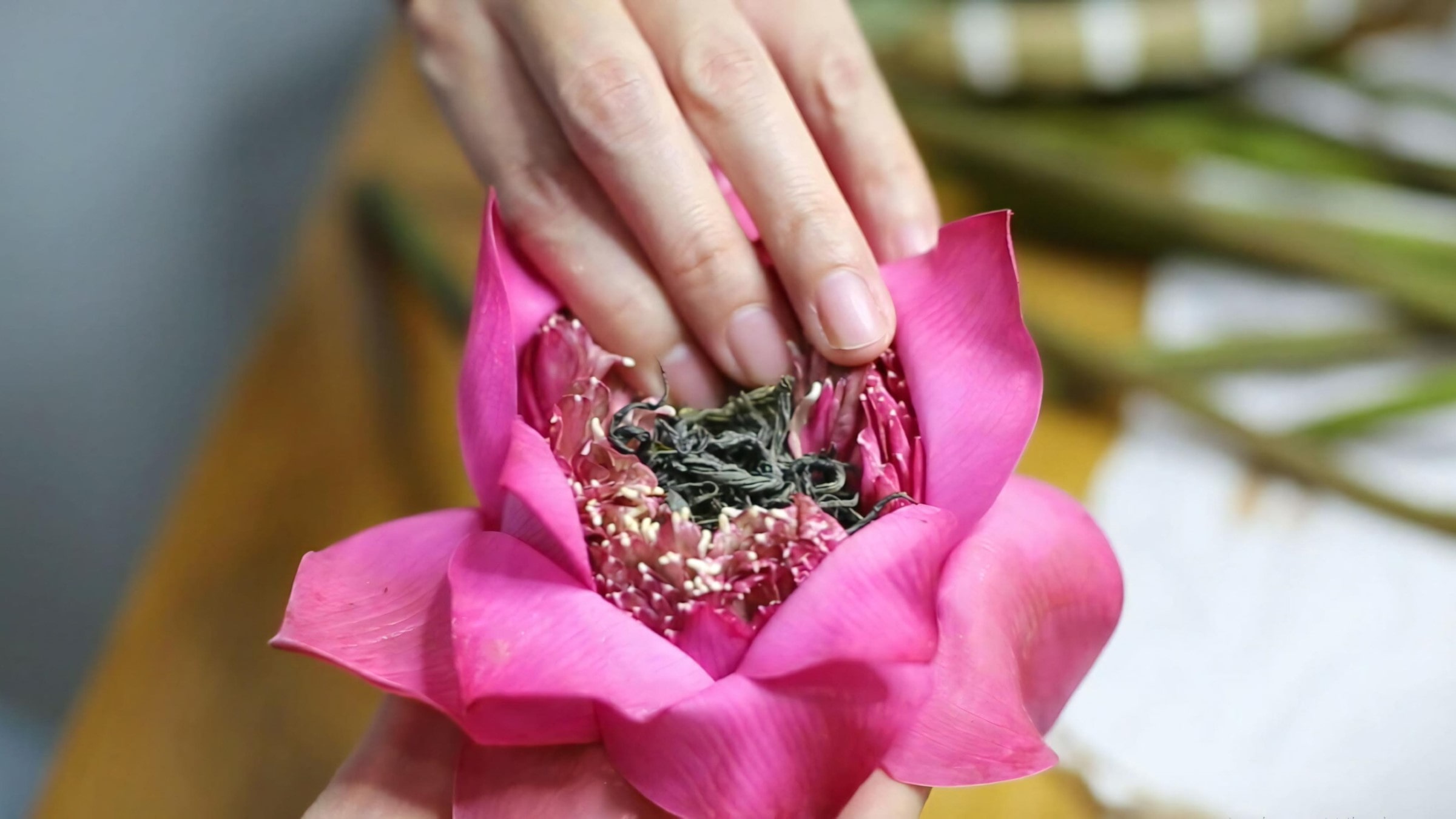
Creating fresh-scented lotus tea requires selecting large, aromatic West Lake Hundred-Petaled lotus blooms. After gently separating all petals to reveal the golden stamens and plump white rice-like anthers, tea makers place premium young Tân Cương or Shan Tuyết tea shoots into the lotus heart, then carefully restore the petals to their original position.
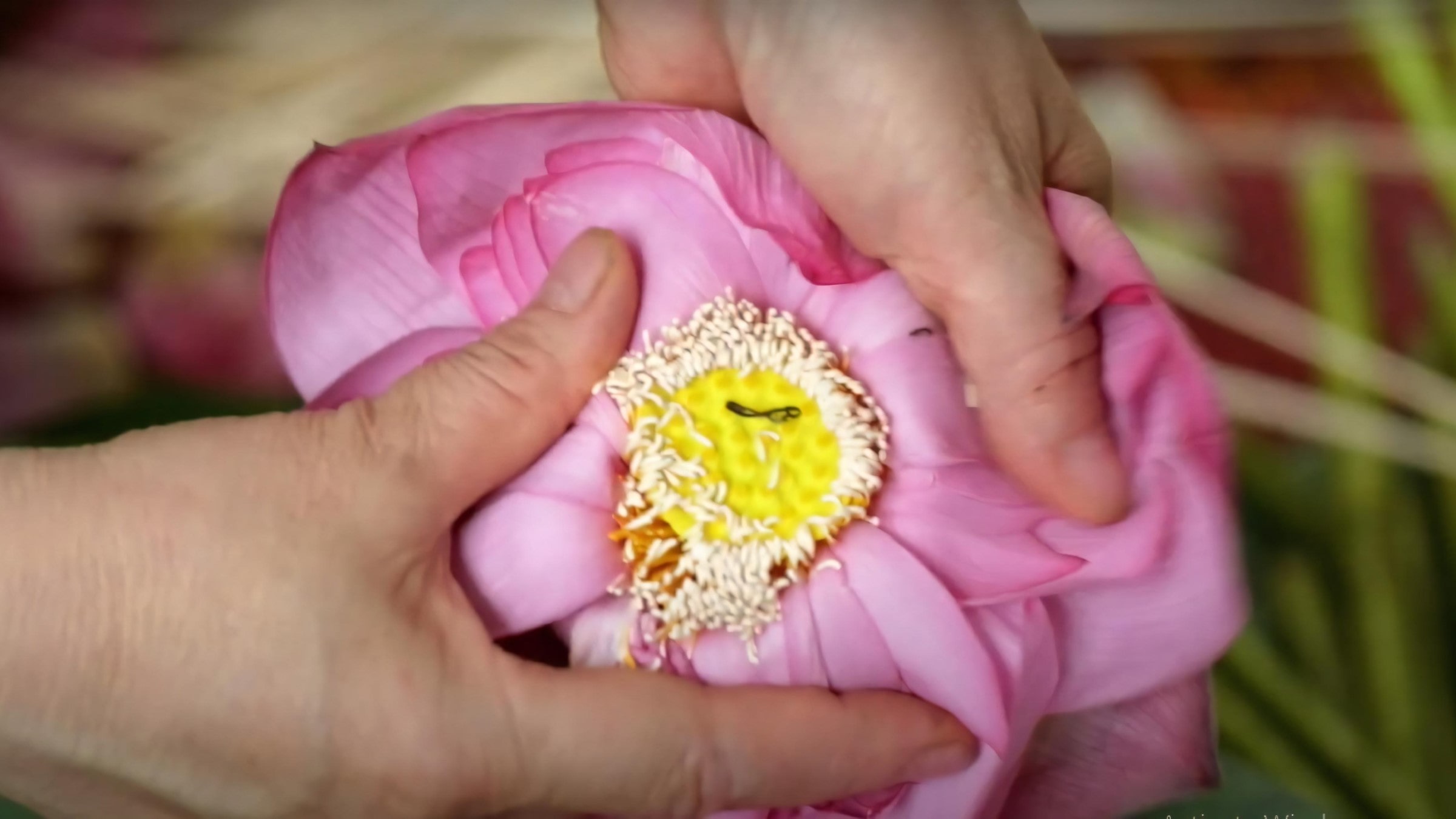
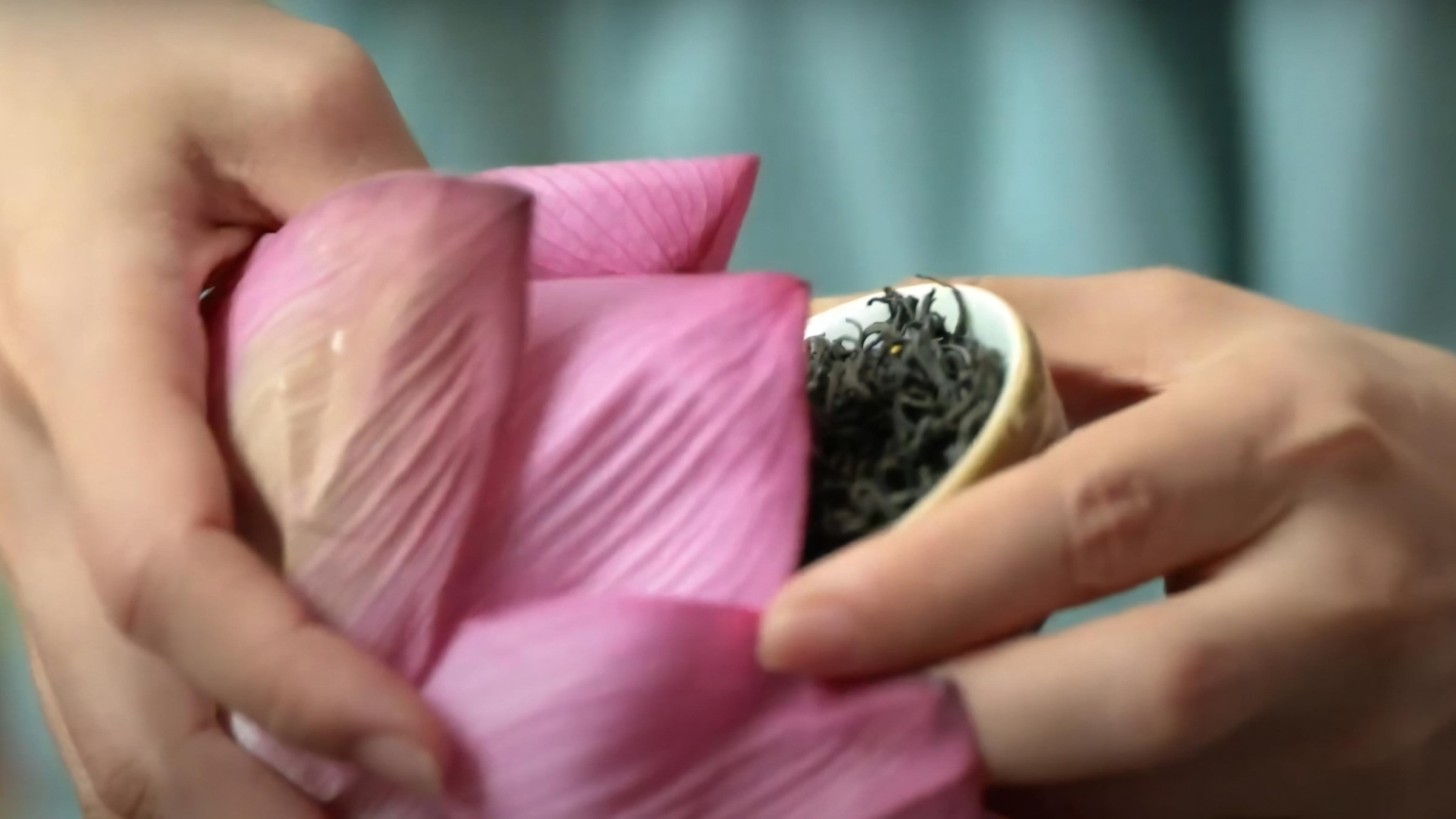
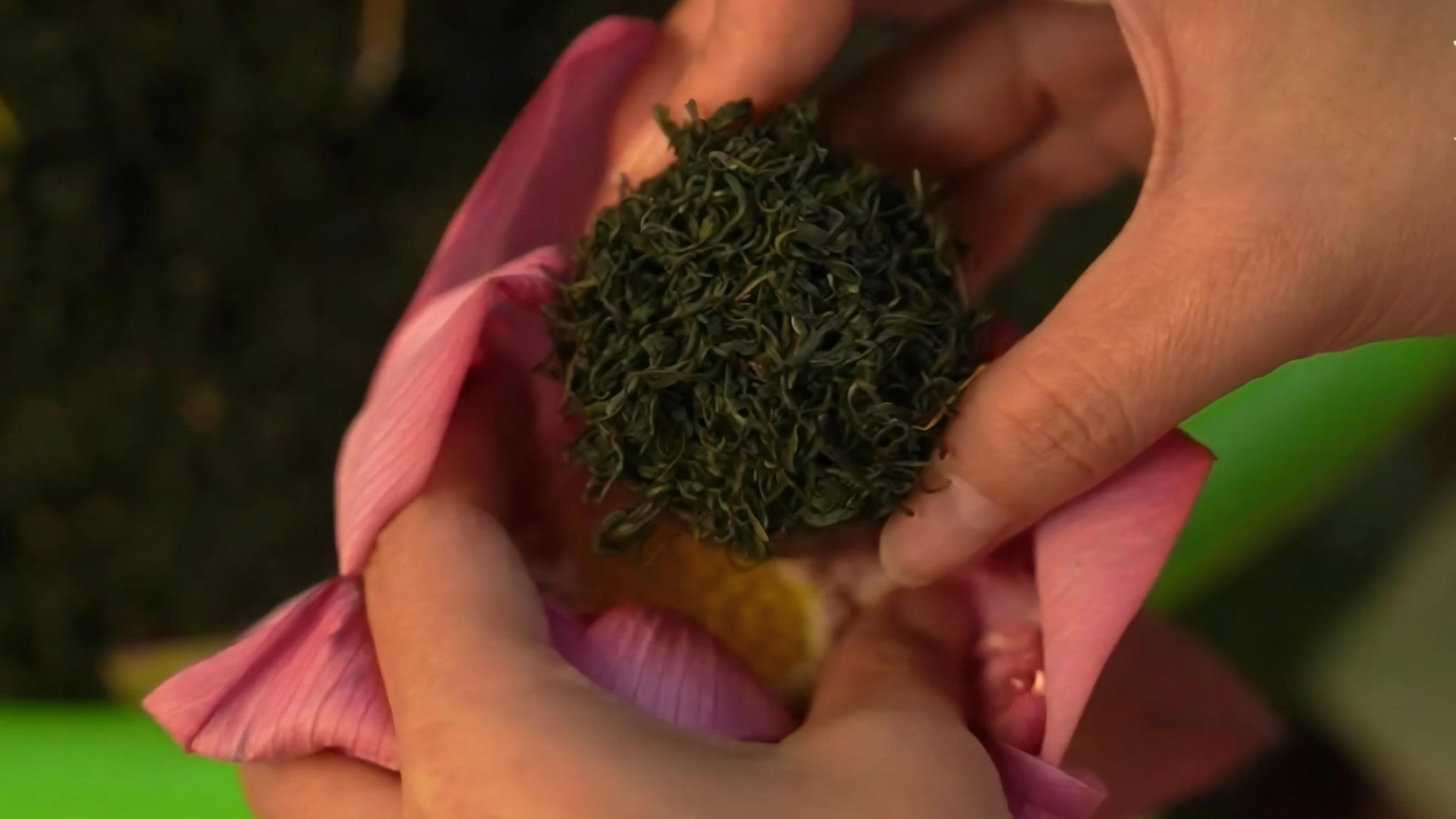
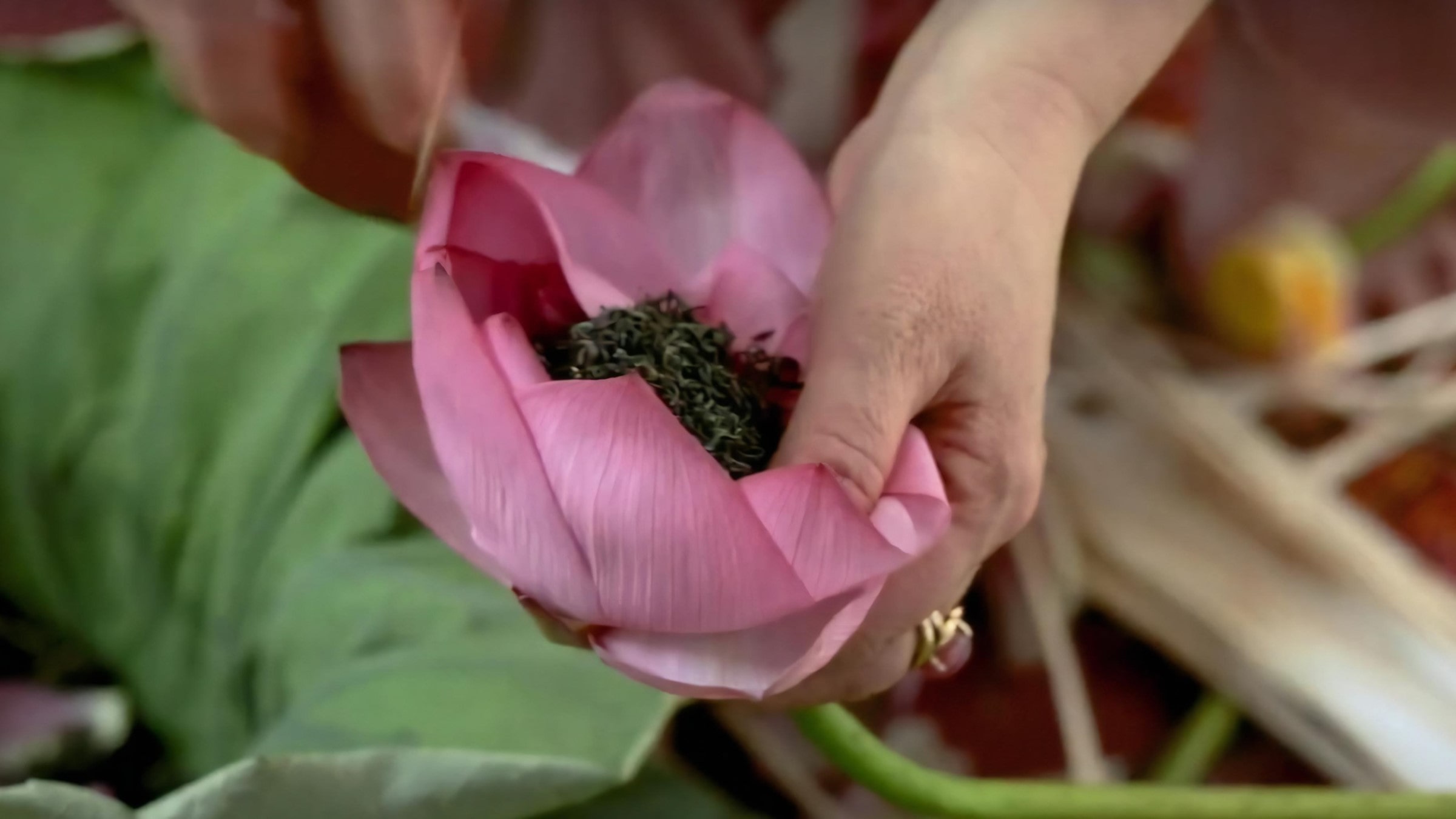
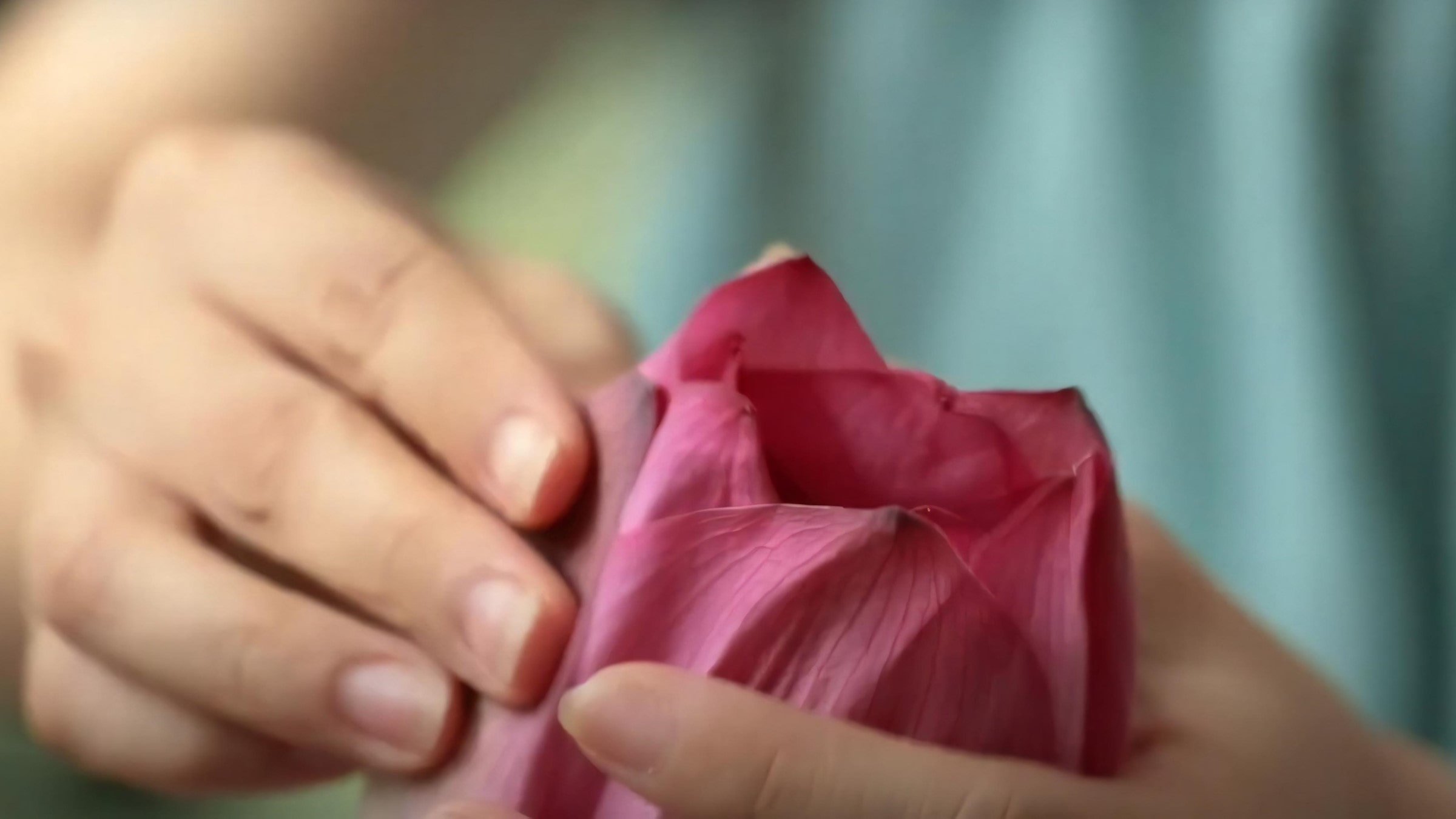
The bloom is wrapped in lotus leaves and placed in water to stay fresh throughout the scenting process (24-48 hours), with timing dependent on environmental temperature, tea moisture content, and each artisan’s experience.
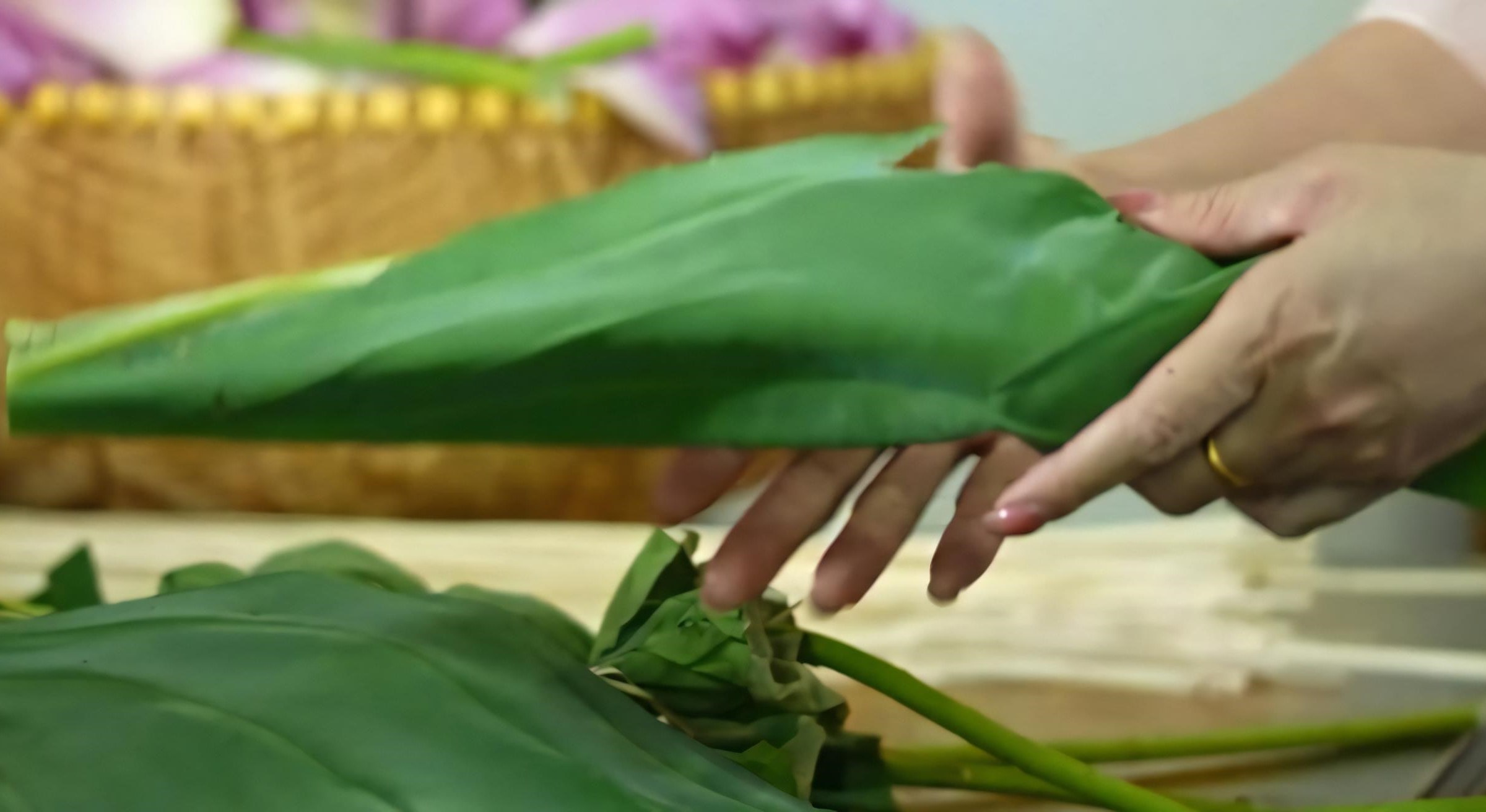
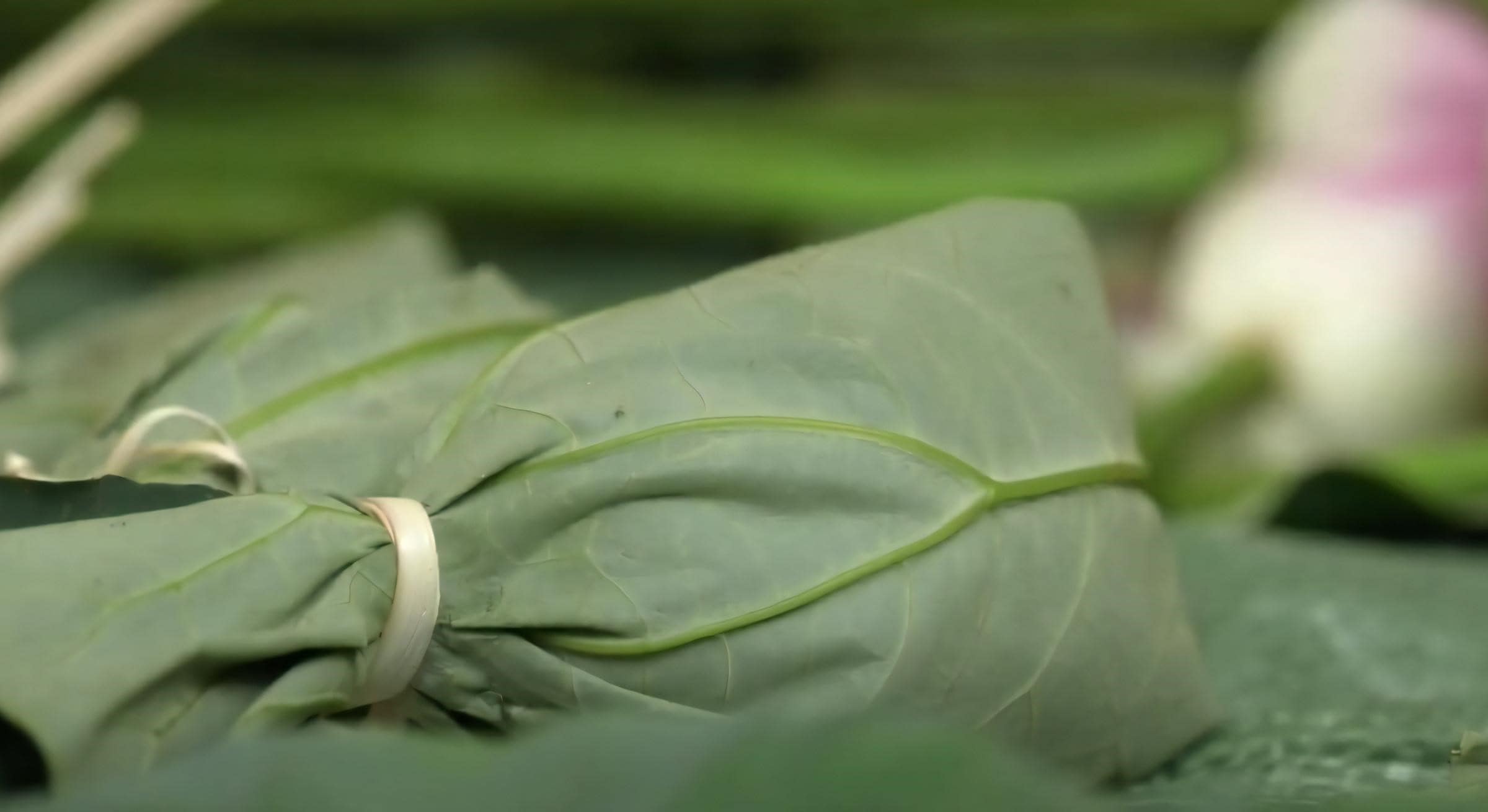
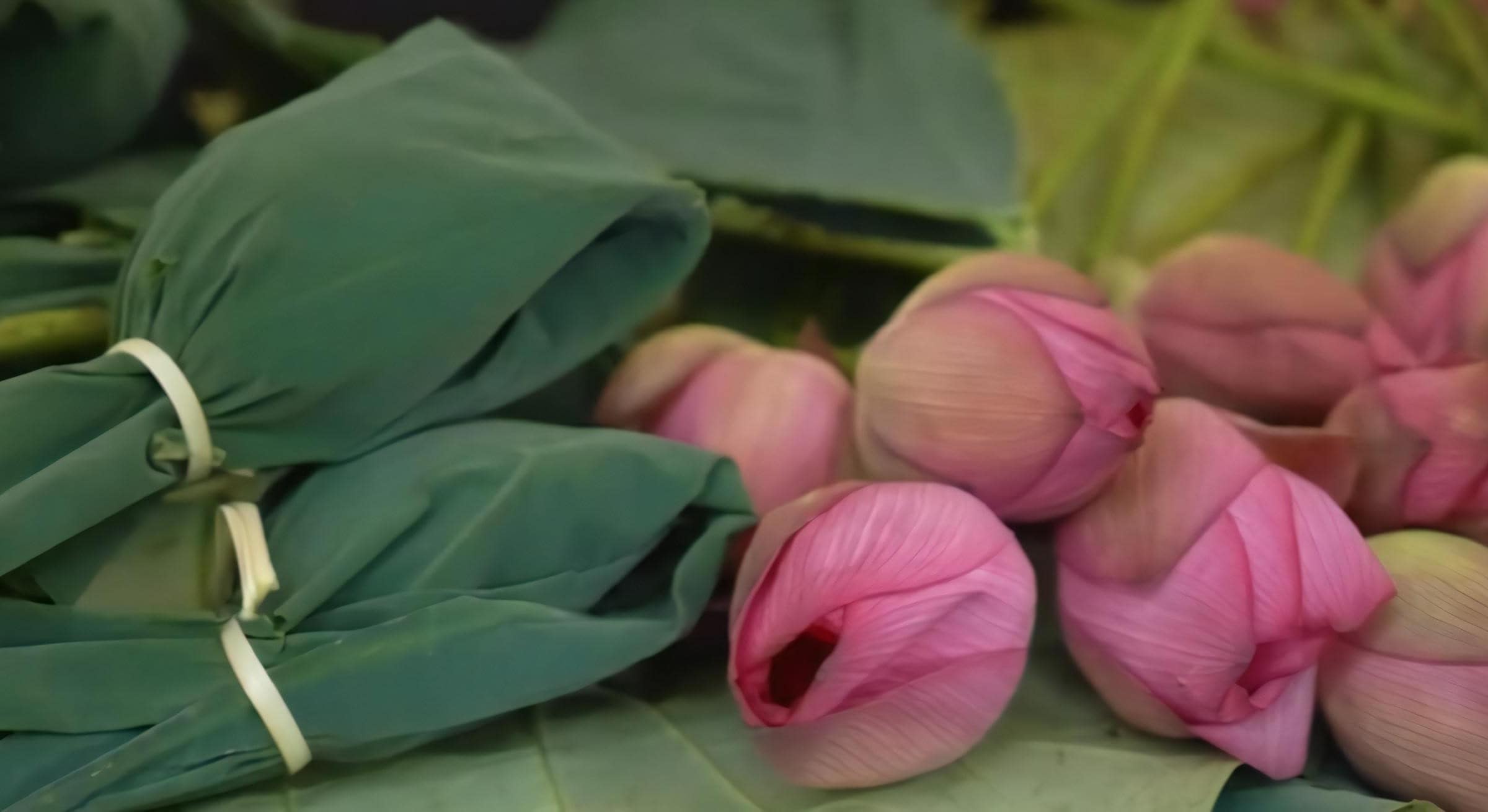
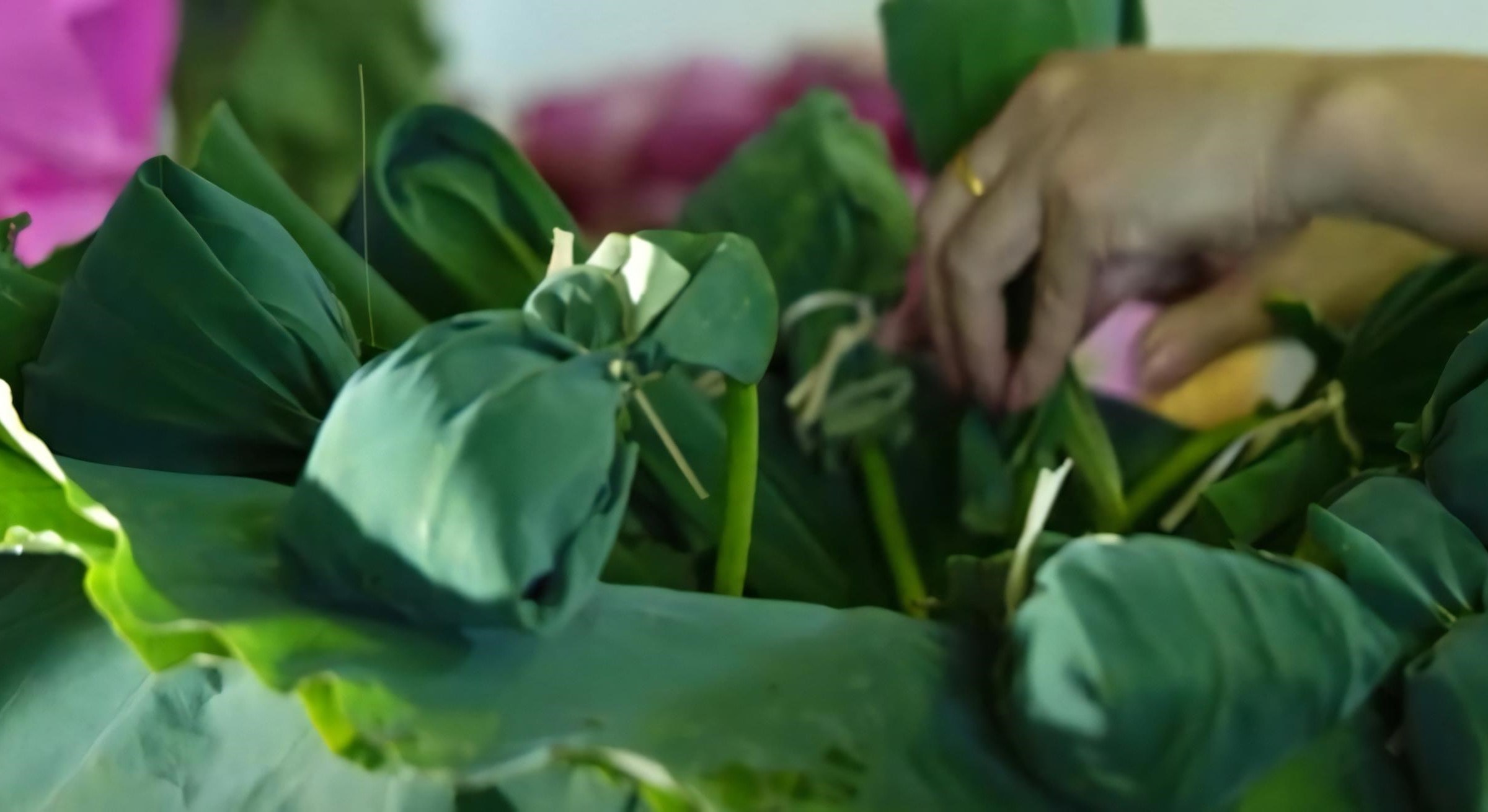
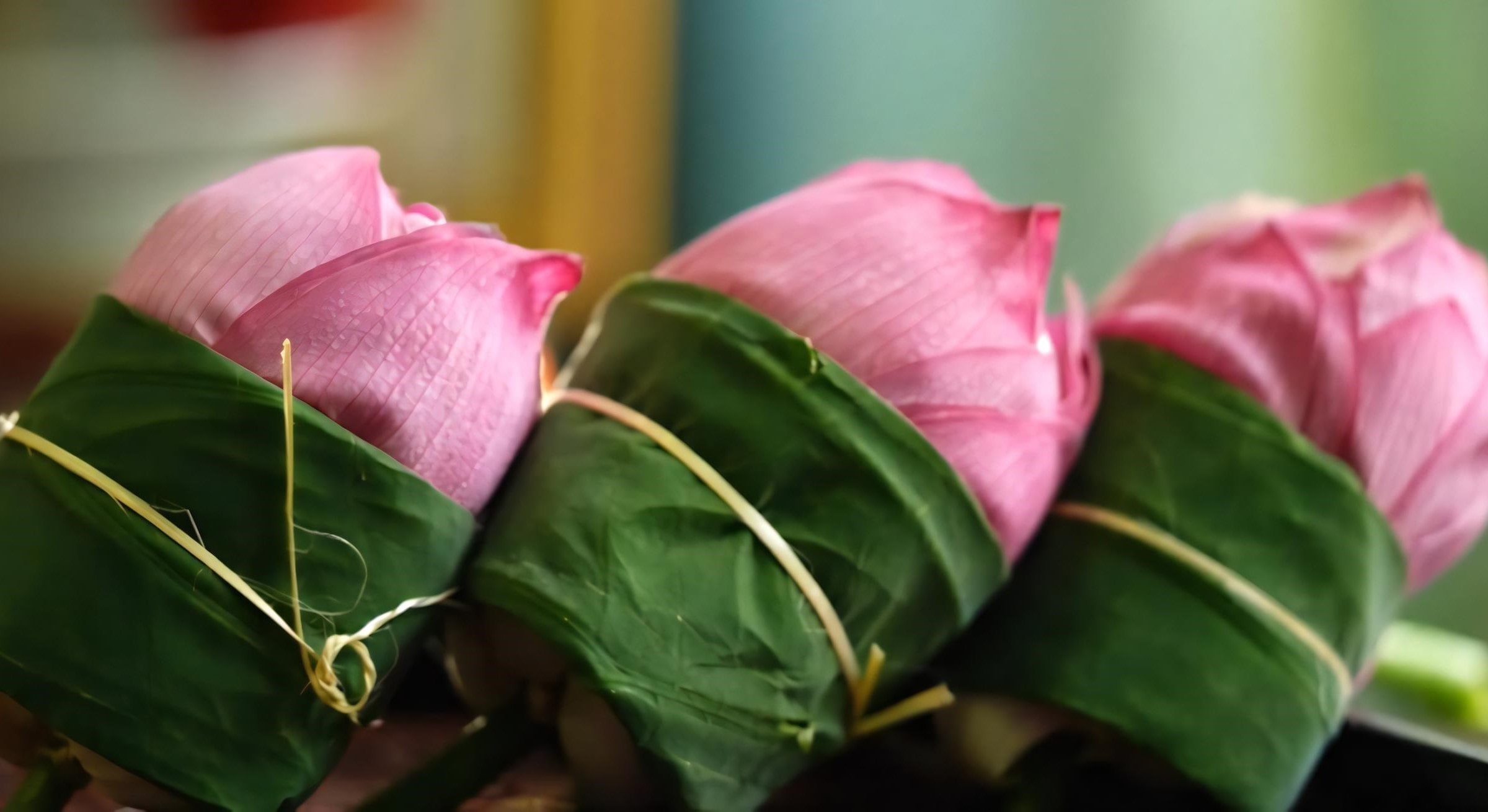
Fresh scenting lacks the elaborate refinement and deep fragrance infusion of dry scenting, but it appeals to modern consumers for two reasons: first, traditionally dry-scented lotus tea commands extremely high prices beyond many people’s reach; second, the ritual of gradually separating lotus petals while brewing creates a poetic, dreamlike tea ceremony.
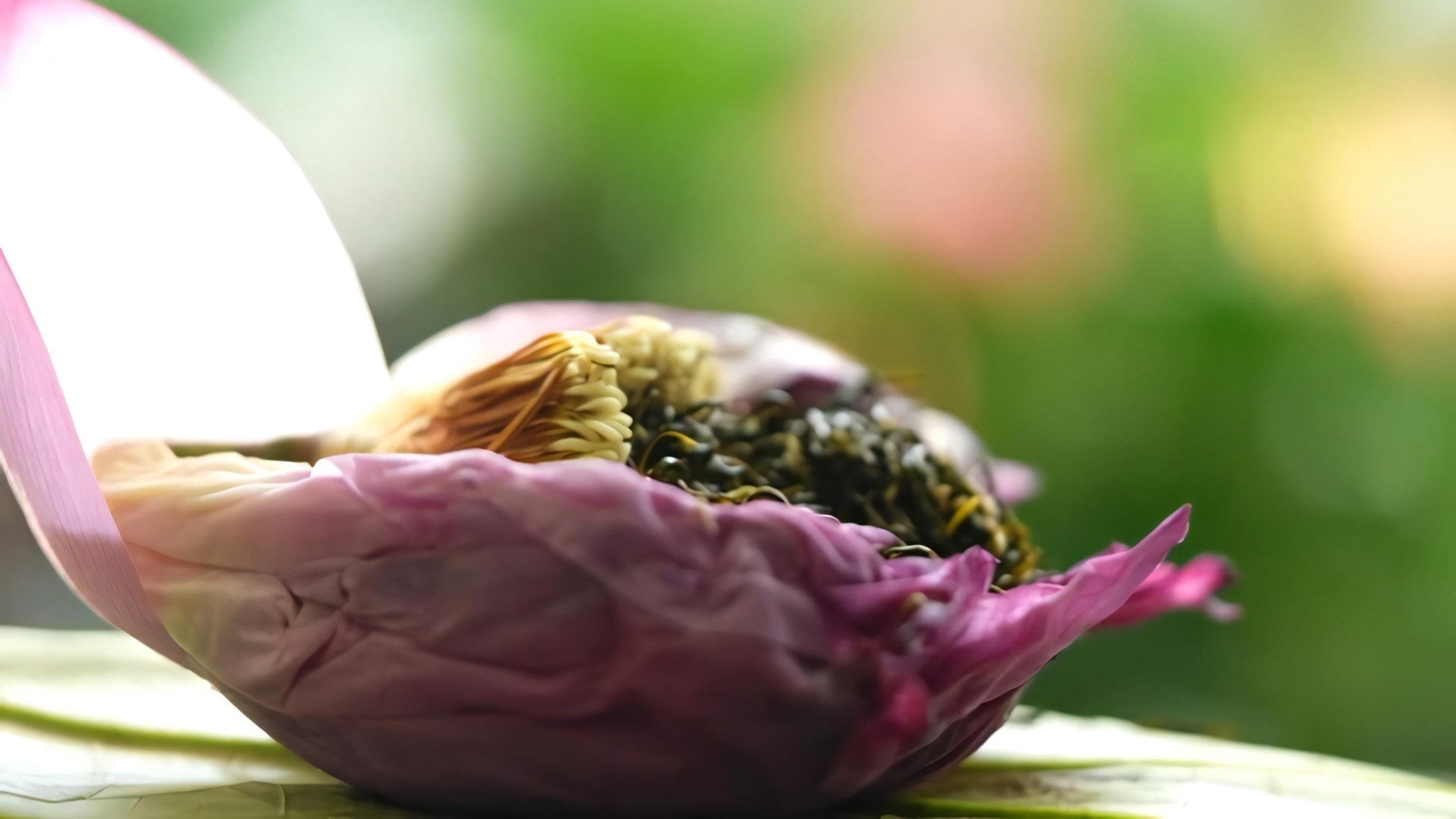
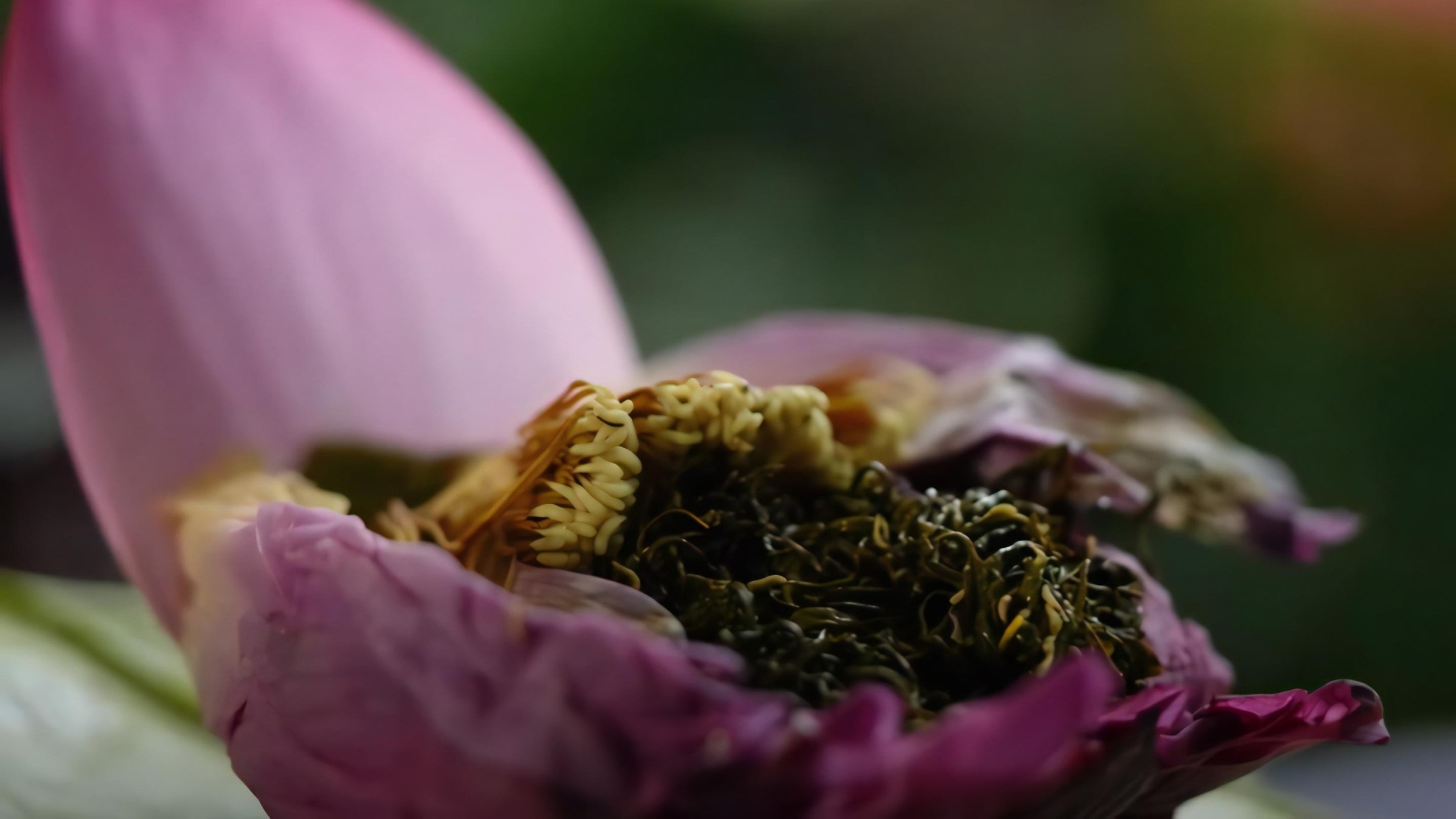
However, tea connoisseurs tend to favor traditionally dry-scented lotus tea, as the fresh scenting method is often seen as less refined and may impart a slight bitterness from the lotus heart.
The Keepers of Ancient Wisdom
Hanoi currently has approximately six master lotus tea scenting artisans. Each possesses unique secrets based on personal insights about lotus flowers and different techniques for layering fragrance into tea. Some believe tea should dominate with lotus as guest, focusing on tea flavor with just a whisper of lotus fragrance. Others consider lotus the master and tea the guest, creating a finished brew saturated with lotus essence while tea taste merely provides background harmony.
But regardless of their individual philosophies, all share the same fundamental commitment: to preserve a craft that exists nowhere else on earth, to maintain a tradition that transforms simple leaves and flowers into something that touches the human soul.
Thus the craft of West Lake lotus tea scenting preserves its handmade traditional character. Each petal is removed with gentle reverence, the lotus scenting repeated over many patient days until the tea is saturated with the maker’s devoted spirit.
When the lotus tea pot is poured, the entire soul of thousand-year-old civilized Hanoi is captured in each cup of pure, essential tea—a liquid distillation of patience, artistry, and the eternal dance between human hands and nature’s most sublime gifts.
After months of patient scenting and careful preservation, the lotus tea master’s work is complete—yet the journey of lotus tea is only halfway through. [Continue reading Part III: The Ceremony of Brewing and Contemplation] to learn the ancient protocols that unlock the tea’s celestial essence and honor the devotion woven into every leaf.
If you haven’t read [Part I: The Sacred History], you can find it here. Or if you’re ready to experience this artistry yourself, [shop our authentic West Lake Lotus Tea collection]—handcrafted by master tea artisans and previously served to world leaders and global billionaires.

